EPISODE 379 MEMORIES OF INDIGENOUS PEOPLE ON CANADA DAY 2021: “LOOK, THERE’S AN INDIAN…GET YOUR CAMERA.”
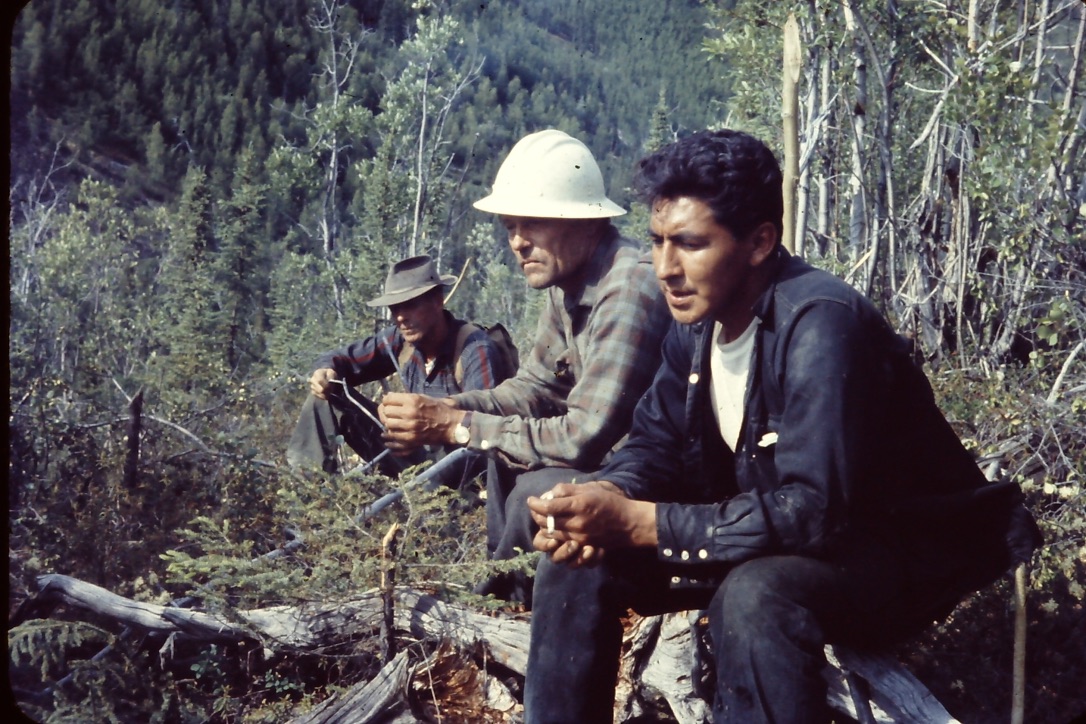

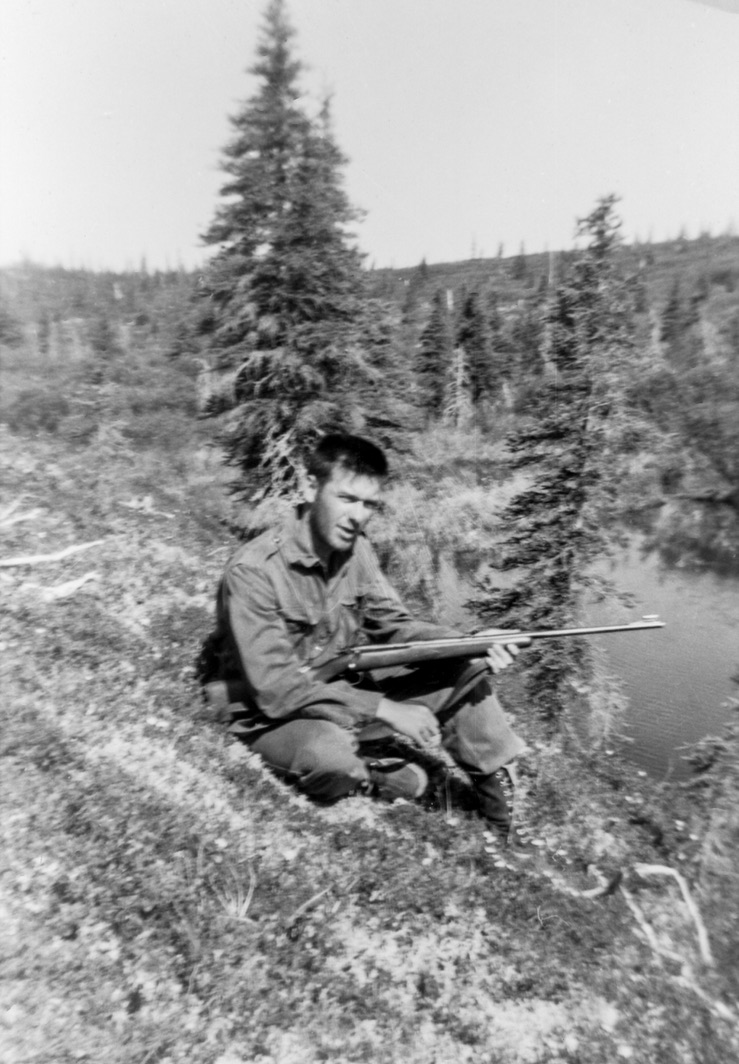
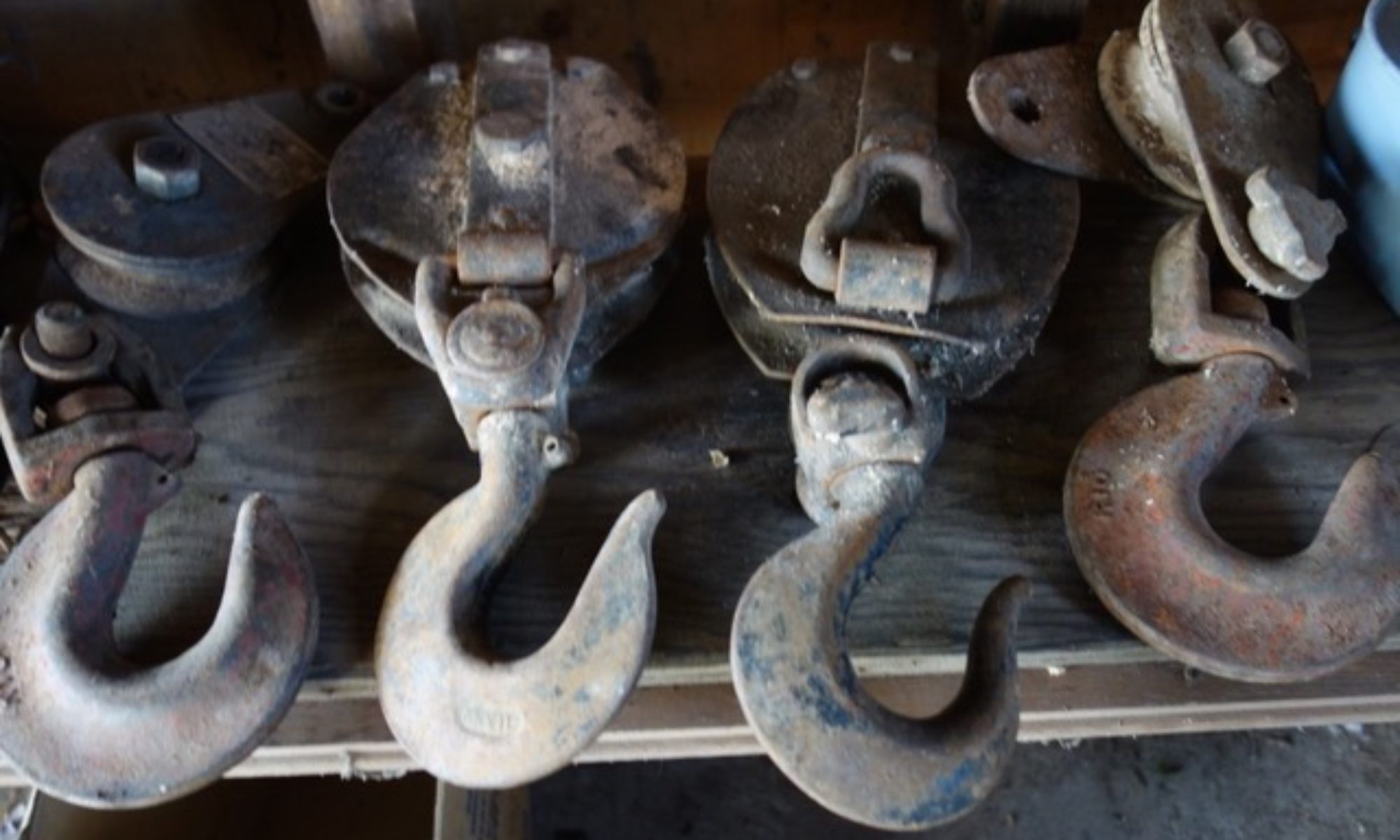
Alan's Oeuvre
EPISODE 379 MEMORIES OF INDIGENOUS PEOPLE ON CANADA DAY 2021: “LOOK, THERE’S AN INDIAN…GET YOUR CAMERA.”




SUMMERTIME AND THE NATURAL WORLD IS INVITING.

I love daisies…wild flowers in general. I also love looking for Monarch Butterflies. As do you. Be careful…CAREFUL!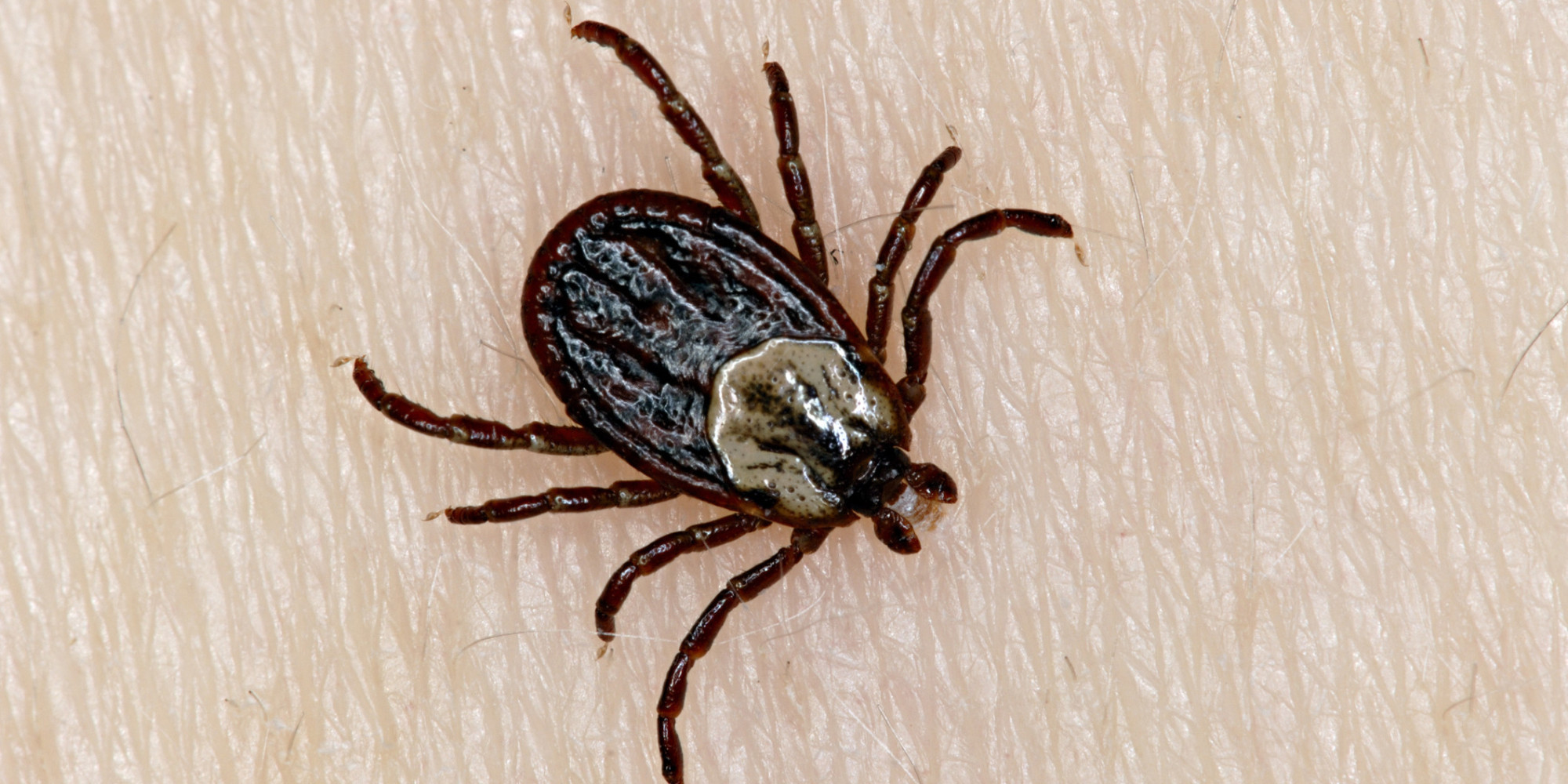
black legged tick – sometimes carrier of lyme disease -If deer are present then ticks are present.
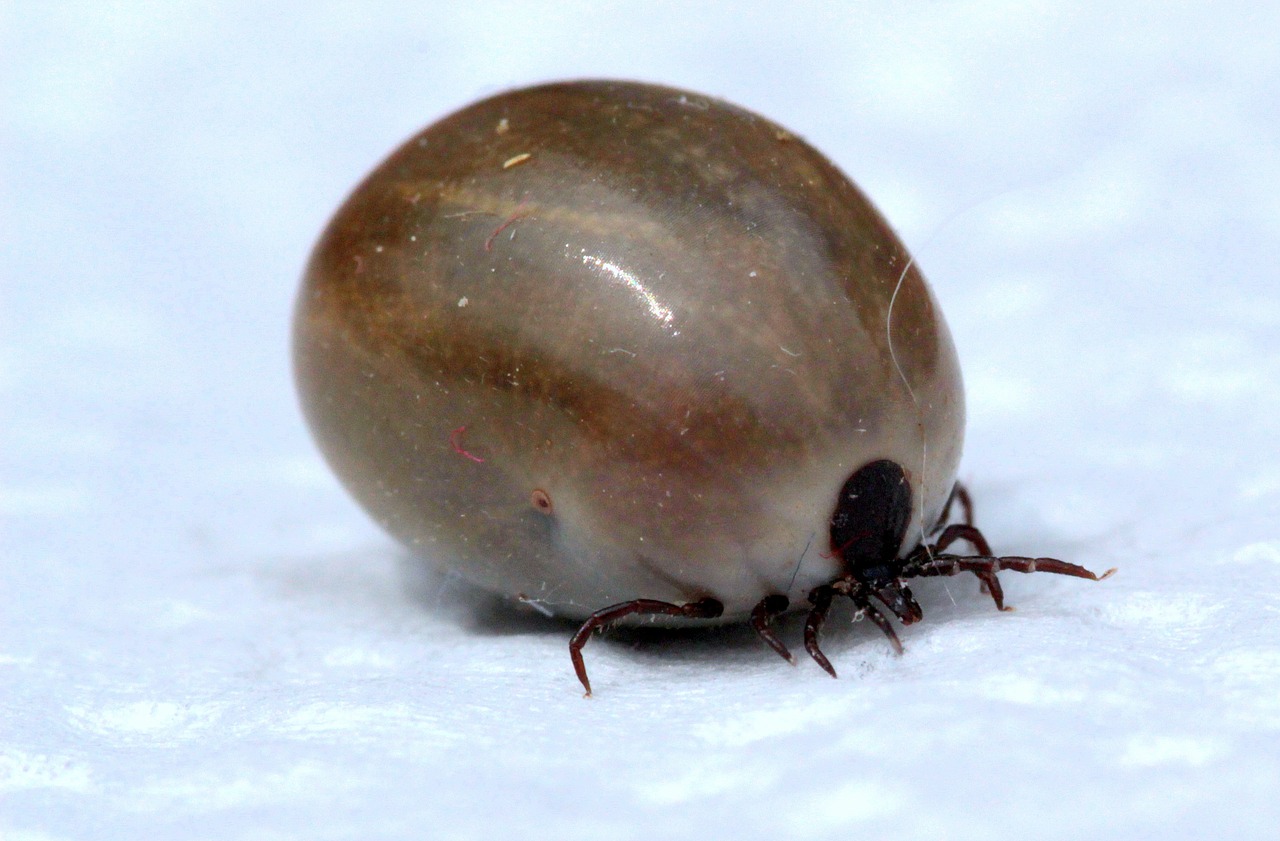
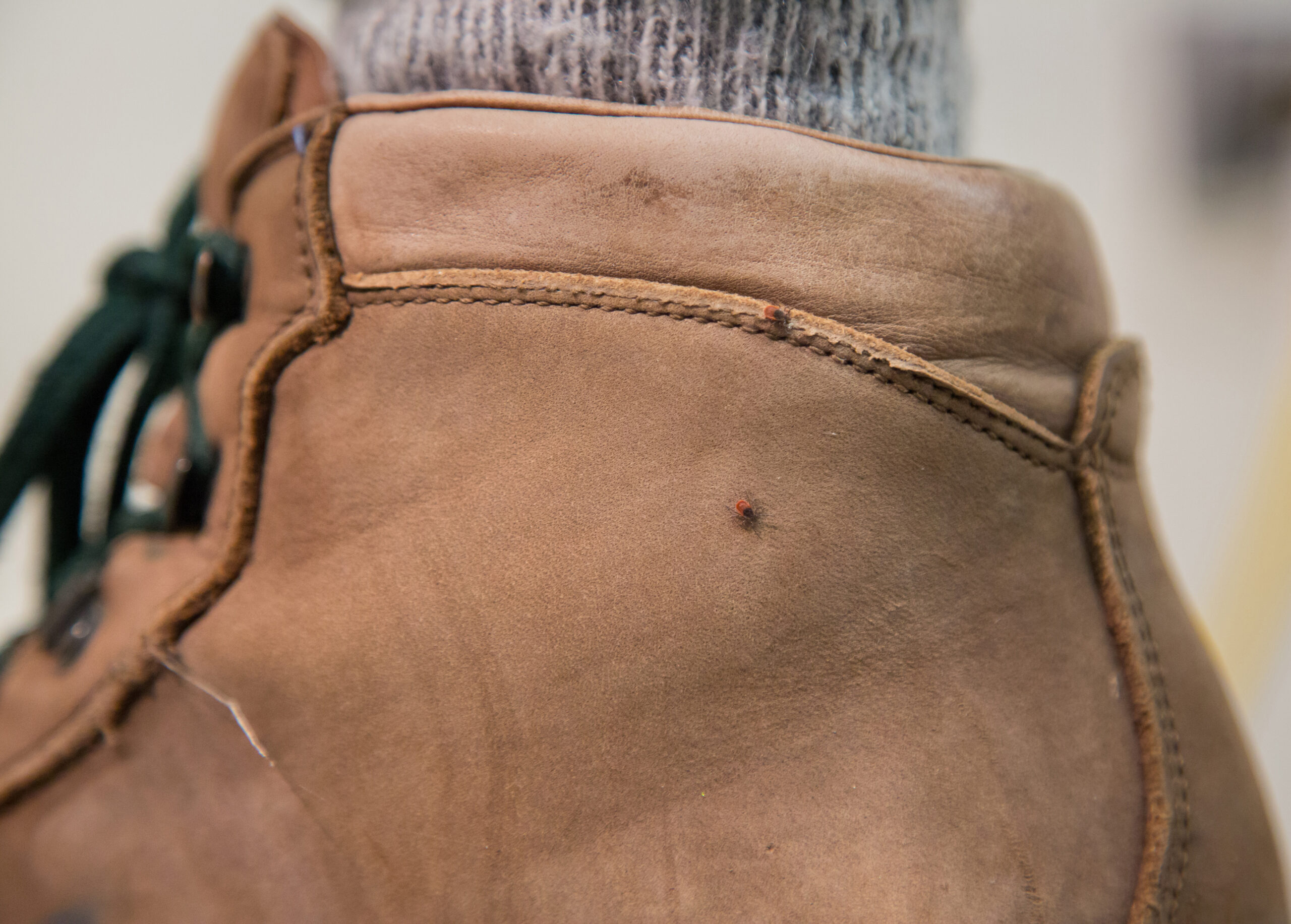
JUNE 28, 2021
Hi Rooter,
I feel duty bound to write an episode on Lyme Disease as many of
my stories involve outdoor activity …. sometimes but not many in long grass.
Your story is very important. A cautionary tale since many people long for
a chance to get outdoors. Chasing butterflies maybe. Be careful.
A few years ago a good friend of mine got Lyme disease from a tick bite when
he walked through long grass on a hiking trail near Ancaster Ontario. He did not
notice the tic. It bit him, sucked some of his blood then dropped off. Infected him. Rooter
had no idea he was infected with Lyme Disease so carried on normally until the
full impact of the disease struck. It was devastating. Best said in his own
words. A clear warning to avoid long grass. Easy to say. Hard to do.
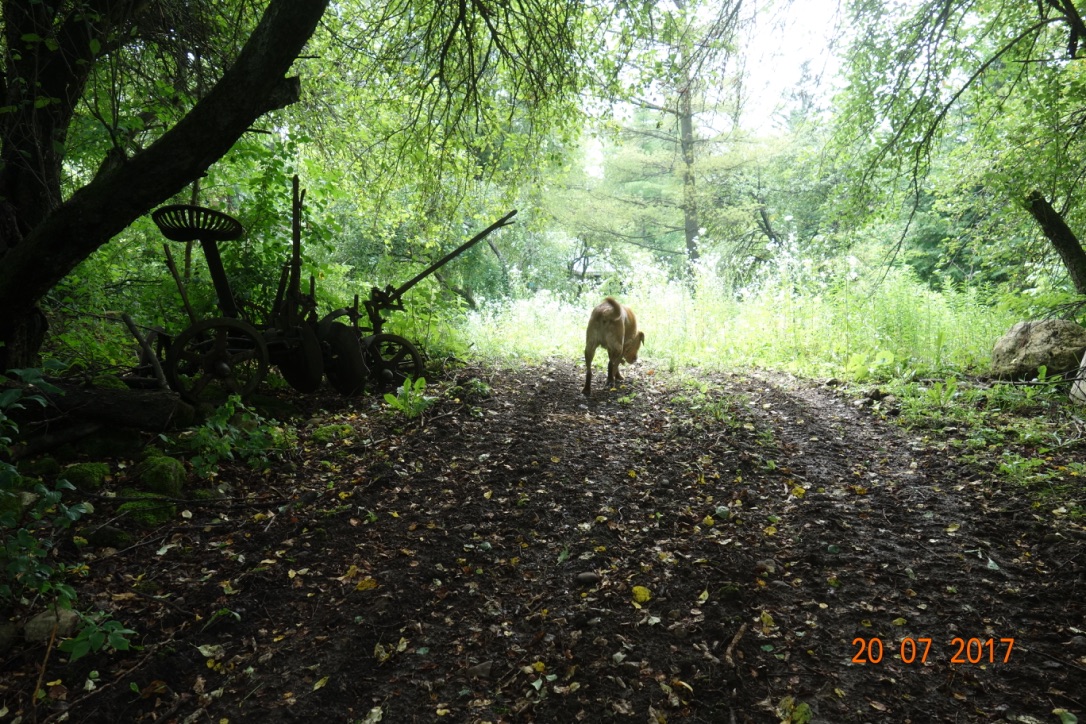
ROBERT ROOT’S STORY
Sunday afternoon August 22nd 2004 My wife and I went for a walk near The Hermitage in Ancaster.I left the trail and went into the long grass to get to the pinnacle of a hill we were climbing. A day later a bulls eye rashappeared on my left ankle and both ankles were badly swollen. I lay down and put my feet up and my heart felt like itwas being flooded as lymphatic fluid poured into my heart from my legs. The next day I saw my doctor and he put meon an antibiotic and Lasix ( a dewatering pill ). 4X a day I put my feet up to drain the fluid. The lymphatic systemwas badly affected. I had to stay around the house with my legs propped up and cancelled other activities.I sang in a quartet at church but had to cancel that on the 29th and stay lying with my feet up.On the 30th I went to my doctor again and he gave me more antibiotics. This was a very symmetrical disease.When my left armpit was inflamed my right arm pit was too. Swelling in my left wrist coincided with swelling of the right wrist.When I first lay down my heart felt flooded as the great thoracic duct poured lymph into the auricle of the heart. WednesdaySept 1st I saw my doctor again and received a third round of antibiotics for 7 days. I stayed home the weekend ofSept 5th and rested with my feet up. Friday Sept 10th I washed the car. I was now getting more active but still spent a goodpart of each day with my legs up. Sept 16th I went to choir practice and Sept 18th I attended My son Wesley’s STAG atWoodbine racetrack but had to go to the car and prop my legs up to drain for a while.Sept. 29th my doctor prescribed support hose for me and to this day 17 years later I have to wear support hose and putmy legs up during the day. I am one of the “Lucky ones” because my doctor got me the correct antibiotics right away.Many people who contract Lyme Disease and don’t get the correct treatment right away suffer permanent organdamage and have lifelong disabilities.My doctor is a frontier doctor. He has been treating farmers for a good part of his life. One year he got the record forthe most home visits in a year. He initially thought I had spider bites but he did diagnose the correct antibiotic. Hallelujah!We still check for ticks and occasionally find them on us even if we are not out in long grass.

CAUTION
Being outdoors after the Covid 19 isolation can be wonderful. But be careful.
Long years ago when I worked in Southern Ireland I noticed many cattle herds
carried ticks on their snouts. I had never heard of ticks until then. Our work involved
crossing and criss crossing Irish fields…climbing over stone fences with lots of long grasses.
Pushing our way through gorse and bracken…dense.
So each
night I carefully examined my body for ticks. Especially my legs. Never found one
fortunately. Irish ticks were ugly but did not carry Lyme disease then but they do now.. In North
America the situation was dangerous.
You would not want to get Lyme Disease as my good friend Bob Root has explained.
Marjorie picked a tick from Woody our Labrador last week. No joke.
alan skeoch
june 2021
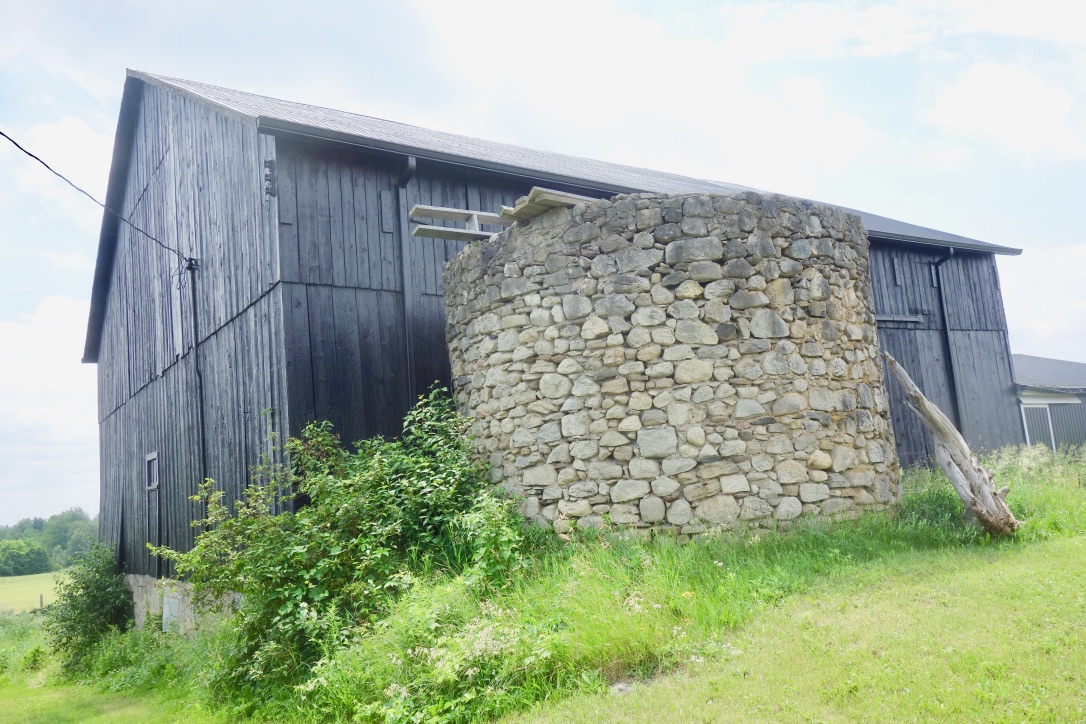

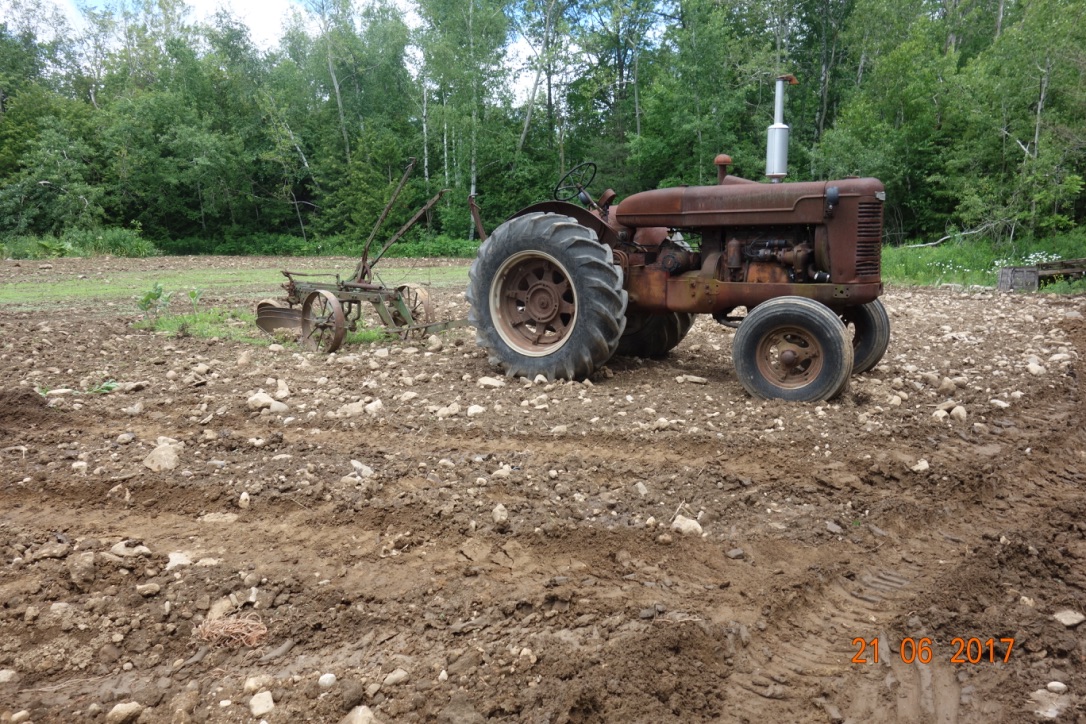



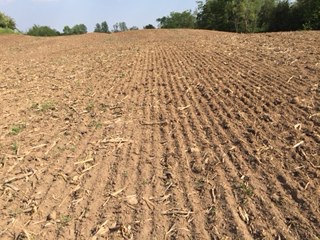
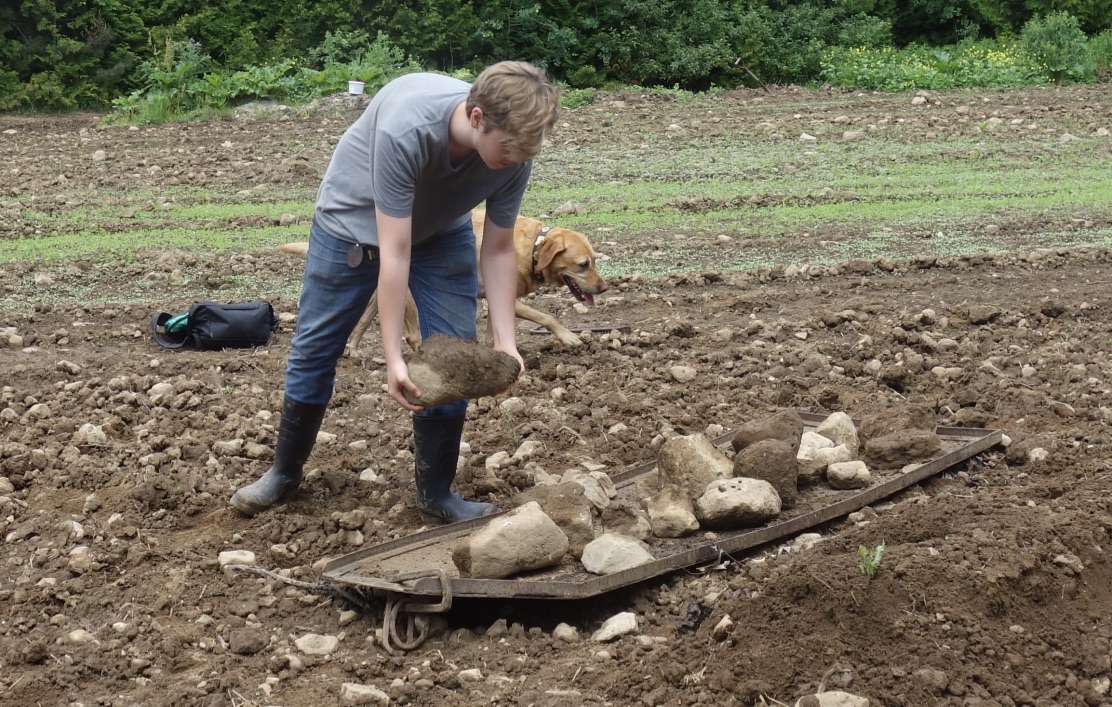
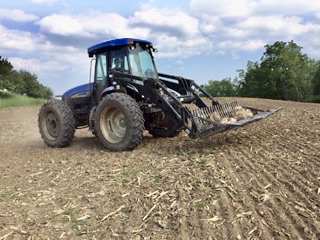

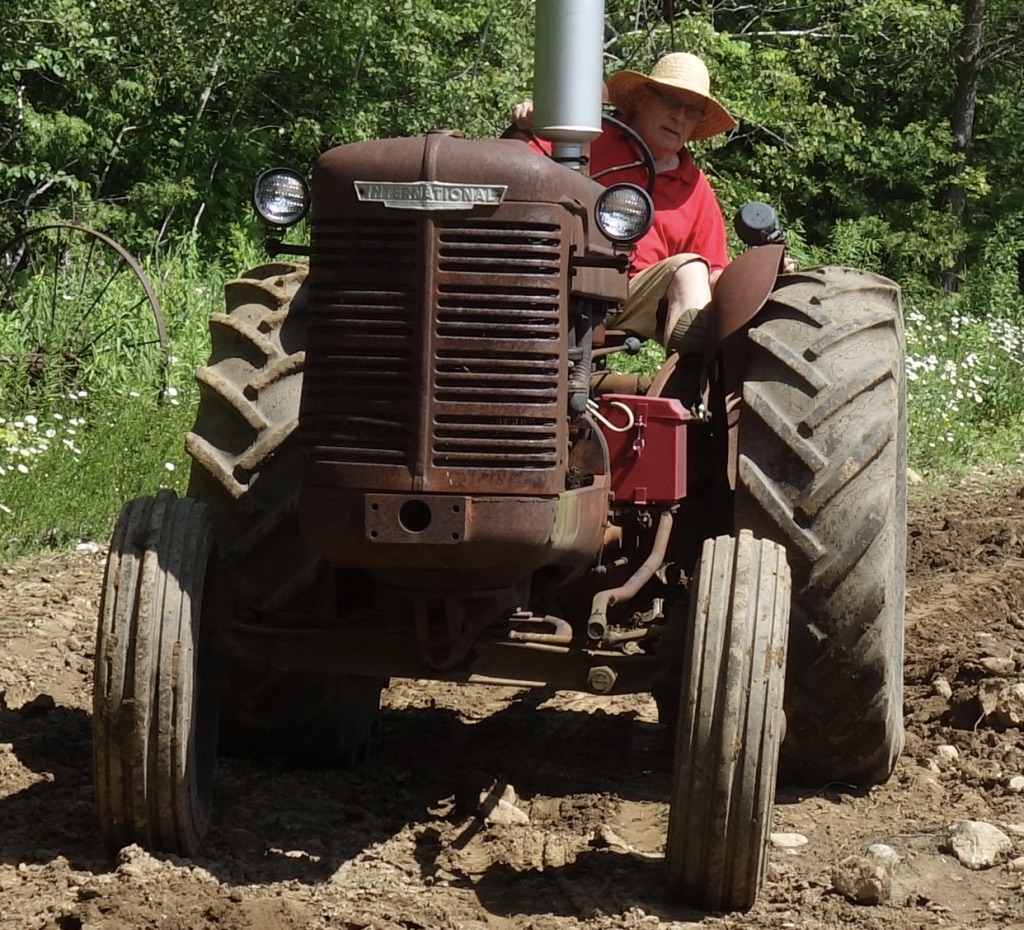

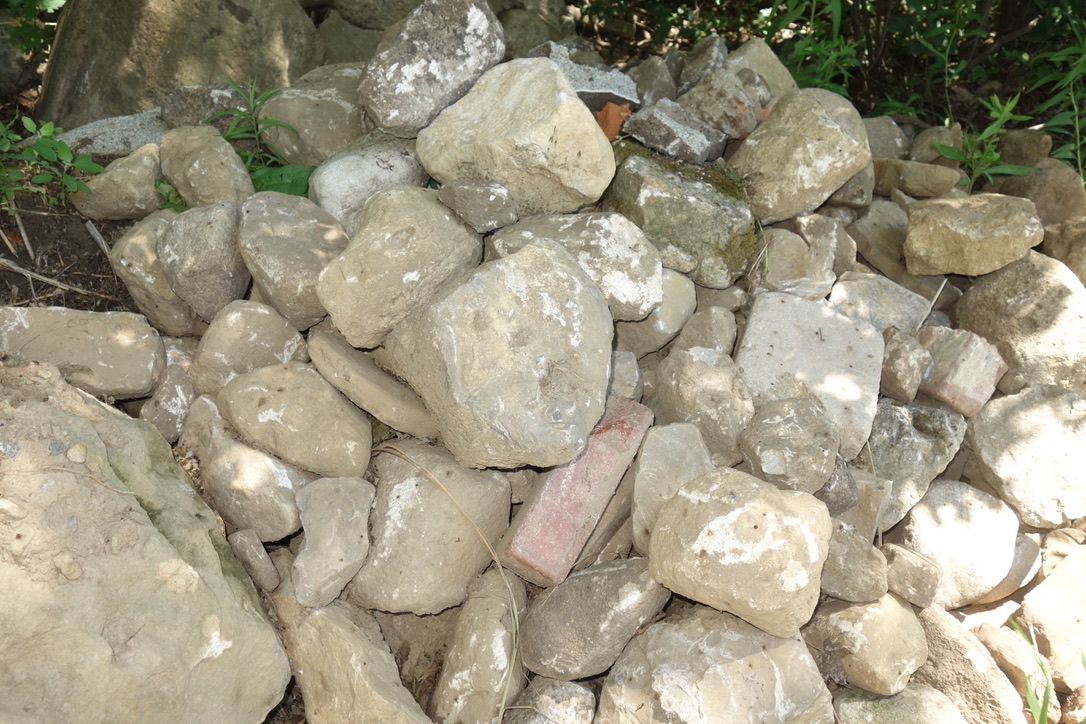
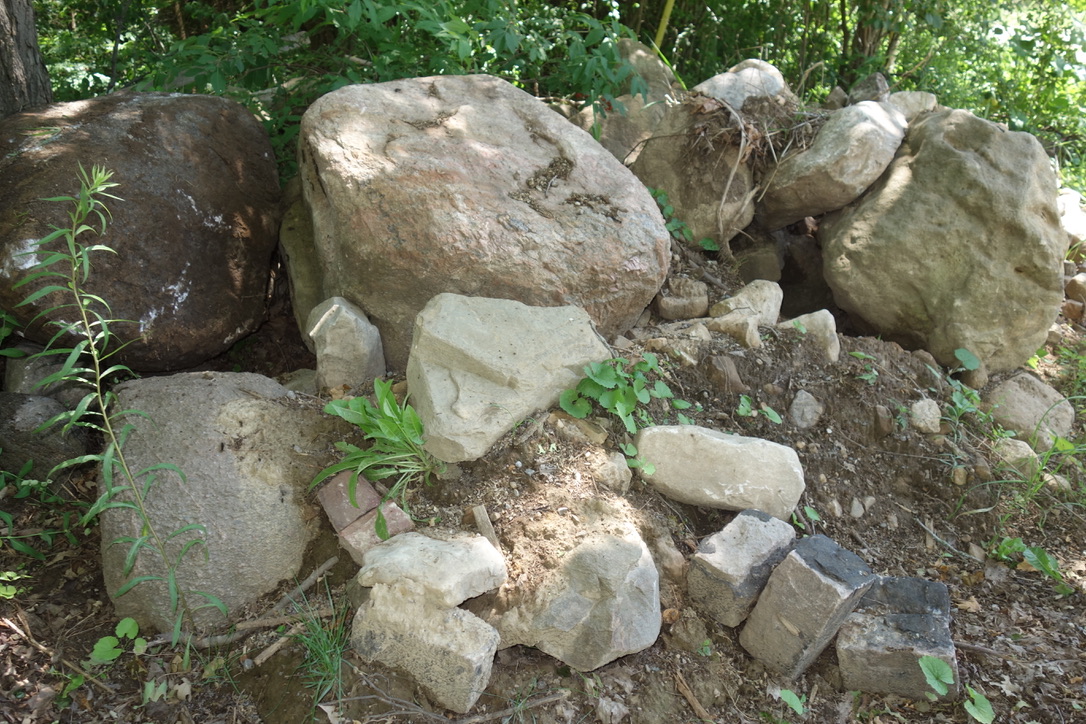
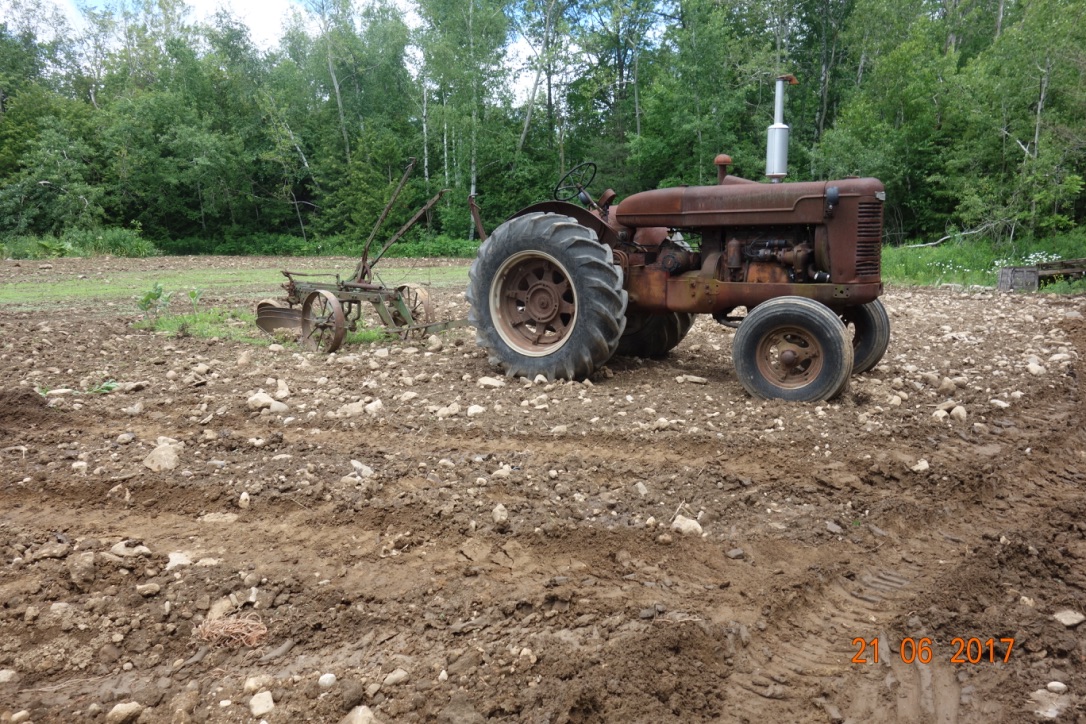
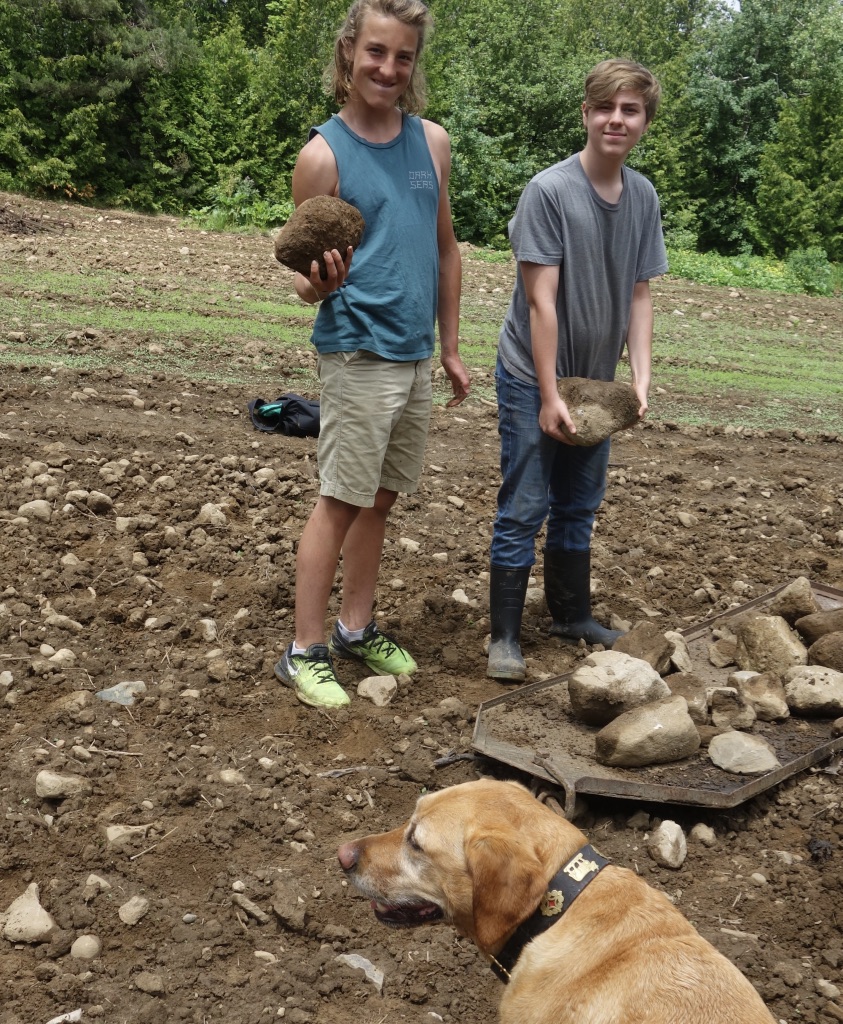
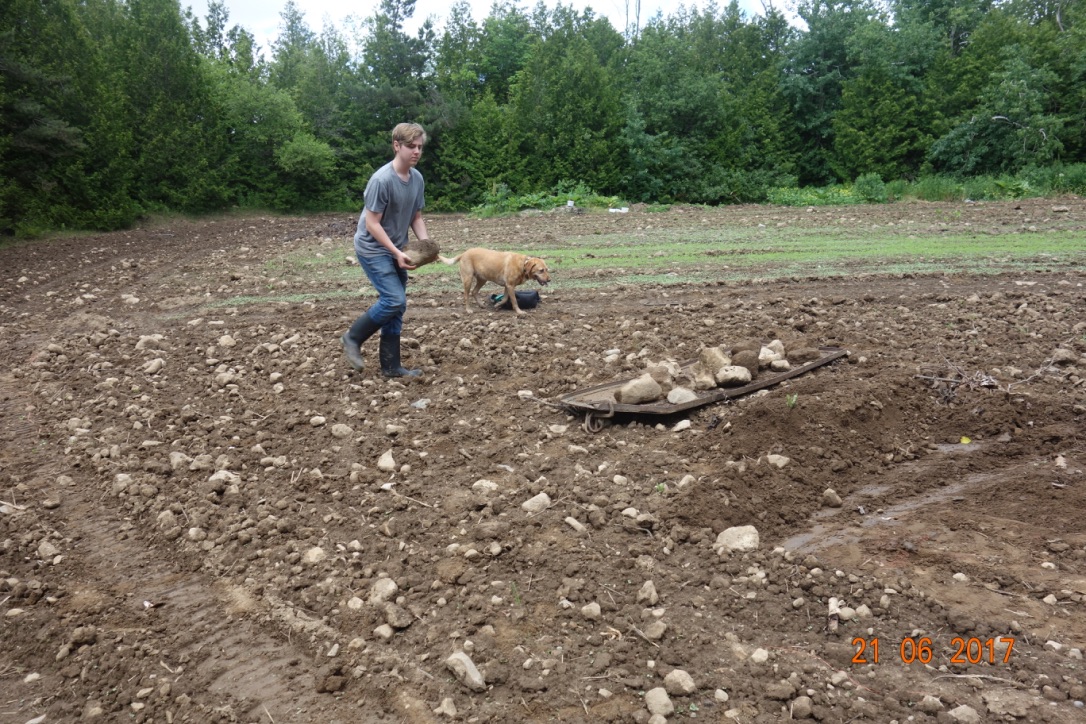
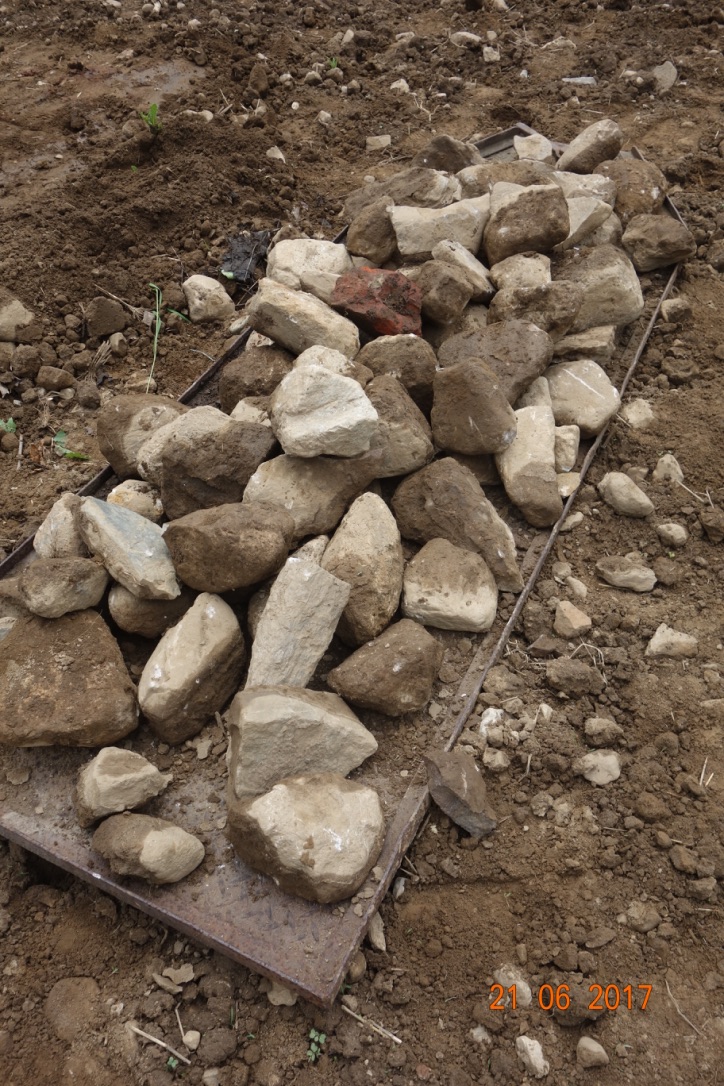
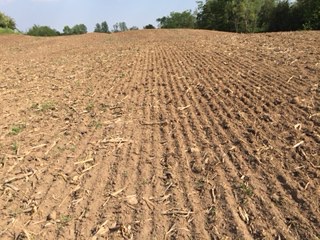
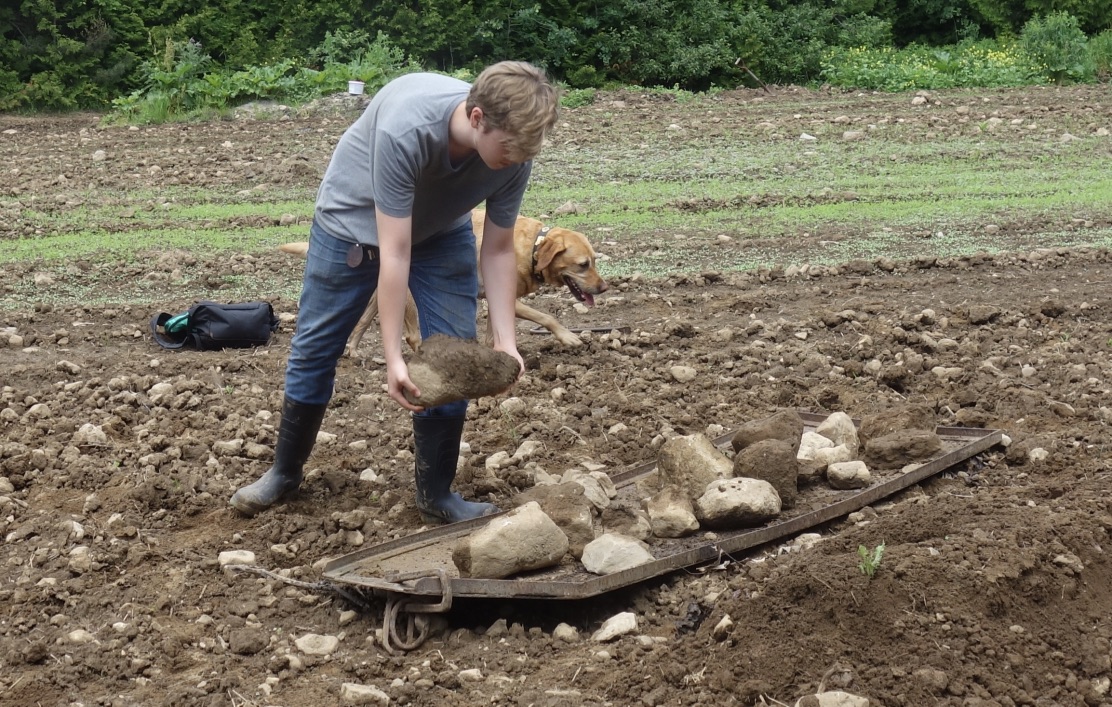

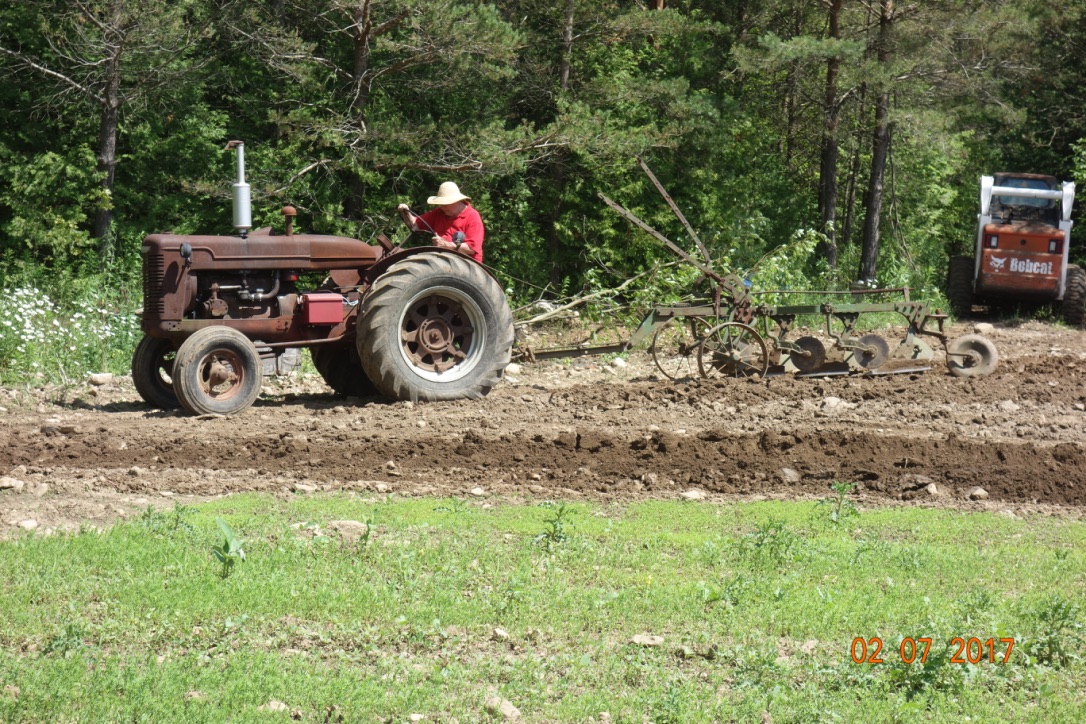
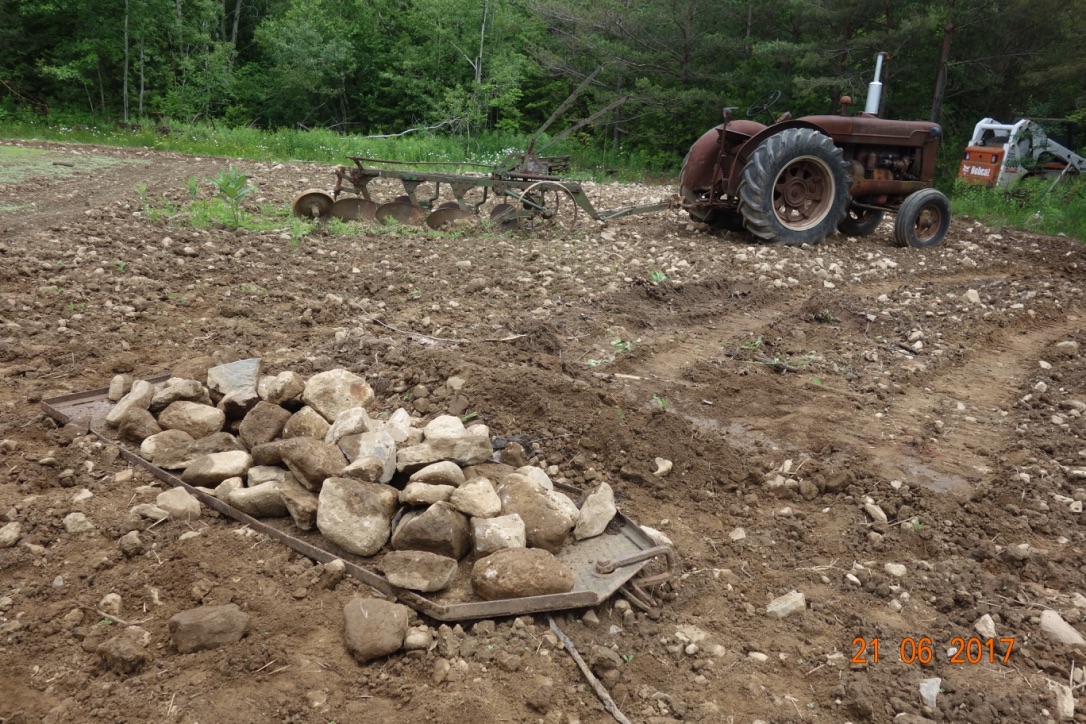

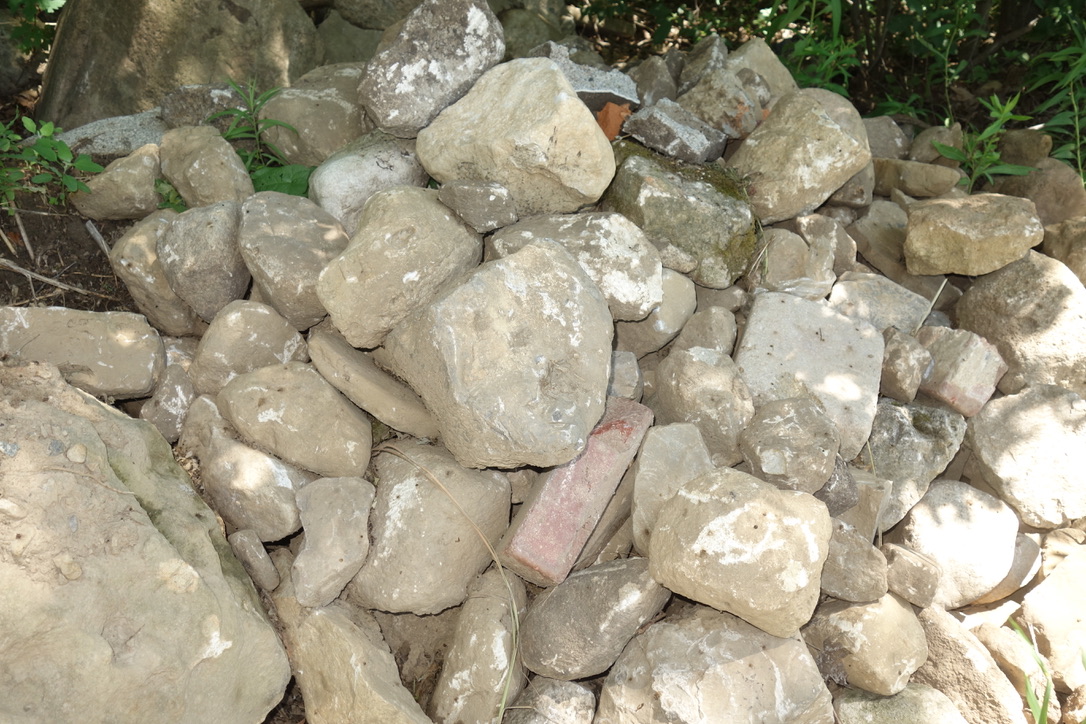
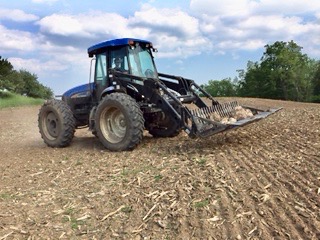
Begin forwarded message:
From: ALAN SKEOCH <alan.skeoch@rogers.com>Subject: StrawberriesDate: June 28, 2021 at 8:37:52 AM EDTTo: Alan Skeoch <alan.skeoch@rogers.com>
EPISODE 376 STRAWBERRIES
Sent from my iPhone
Begin forwarded message:
From: ALAN SKEOCH <alan.skeoch@rogers.com>Subject: EPISODE 376 THE FACE OF MODERN AGRICULTURE – ANTHONY ACRES….2021Date: June 26, 2021 at 3:08:23 PM EDTEPISODE 376 THE FACE OF MODERN AGRICULTURE – ANTHONY ACRES – 2021
alan skeochJune 2021
CORPORATE FARMING: STRIKING A DEAL WITH ANTHONY ACRESThere are still 100 acre farms here and there in Southern Ontario. Winaries for instance. They must be economically worthwhile. But the faceof modern agriculture is increasingly changing in scale. That is not really news. Just a drive in the countryside presents lotsof evidence. Empty old bank barns and oversized tractors. We meet the new machines of agriculture every time we drive to the farm. Imagine the investment necessary forcorporate farming like Anthony Acres. How could they make a profit. Thousands of acres are necessary. Anthony Acres rents thousandsof acres. Most of their Land is rented not owned.Our two sons and partner Nick own a farm with about 60 to 70 acres of cropland. They are not farmers. Andrew dropped in tothe home farm of Anthony Acres which is just a short distance from their farm. fifth line, Limehouse, Ontario. The meeting was a good one. Perhaps I canput the conversation in dialogue form. (My words)“Hi, we own the old McLean – Saunders – McLeod farm up the road and wonderwhether you are interested in leasing the cropland before the weeds take over.”“Might be interested but I’ll have to take a look first.”“Now?”“Yes…good a time as any…if land is good we can get a cover crop in fast.”(Visit to farm)
“Let’s strike a deal…we need a three year lease at least…and will pay $90 an acre yearly…about 60 acres.”“That will help pay the property taxes…for sure.”“Should cover about 75% of the cost.”“We want to keep one field and the barnyard.”“Fine.”“I overheard a conversation once that claimed rented land was just being mined…corn, year after year,until the land was exhausted. Hate to think of that.”“That’s pure hearsay…not true. We care for the land. No till agriculture…always keep the top soil covered…cover crops like clover…nitrogen fixing. We improve the soil. Crop rotation…corn, soybeans, wnter wheat…top soil never gets exposed to wind.”“Did you notice the stones?”“I did.”“Won’t they be a problem?”“Lots of the land around here is stony…ancient ice sheets 10,000 year ago pushed and ground stones as the iceage advanced. Then, when the ice retreated, the land was strewn with rocks.”“One of my dad’s uncles ruined his Massey Ferguson combine when one rock got into the cylinder…bent it all to hell.”“We are super careful. I will send in a rock picker to go over all your fields before planting time.”“Rock picker?”“Tractor with steel forks…gets all the big rocks. Where do you want them dumped…we’ll send one of the boysup here next week. Fields will be safe for combines after that.””“But the rocks get pushed up every year by the frost.”“Then we’ll do another picking. Part of the business.”“Did you noice the old stone silo>?”“Sure did. Not many of those around. Made out of the stones gathered by the Mclean family in the 1870’s. Never sawone before.”“Used for Sileage, I think…Chopped up corn….stalks and all…fine dining for cattle n winter.””“Yes. Some people think our silos are used that way. Not true…our steel silos are filled with shelled corn….moved around with elevators toget the kernels dry. Eliminate any chance of mould. No relation to your fieldstone silo. Better get a roof on it if you can.”“All those machines must set you back a fortune…all John Deere except for the tractor trailers …”“That’s why we need a lot of land…thousands of acres.”(Unspoken thought: “One of those tractors with attachments would cost a small fortune.If Anthony Acres tried to buy all the land they needed the business would not be viable. Renting, however, made good sense.)NOTE: BELOW IS A SHORT EXCERPT FROM ANTHONY ACRES WEB PAGEWhere and how we operate
Anthony Acres Ltd is a Canadian company operating in Southern Ontario within a large region from the Greater Toronto Area in the south, to the Dundalk Highlands in the north, from Guelph in the west to Caledon in the east. This area, inclusive of the Regions and Counties of Halton, Peel, Wellington and Dufferin, represents some of the best farmland in all of Canada.By means of Best Management Practices and Precision Agriculture, Anthony Acres Ltd is dedicated to conserving, preserving, protecting and improving the farmland and the environment in which we work.We are vertically integrated, with all facets of the business being done in-house.This includes:
- crop marketing and sales
- agronomy
- seed cleaning and treating
- field cropping and crop protection product application
- equipment maintenance
- trucking
- cropland improvement and protection.
We have 2 elevating, drying and storage facilities, one in the Greater Toronto Area and on the border of Wellington County and Dufferin County.
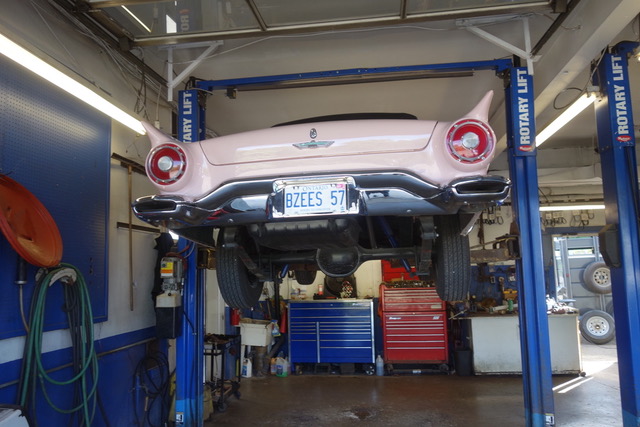
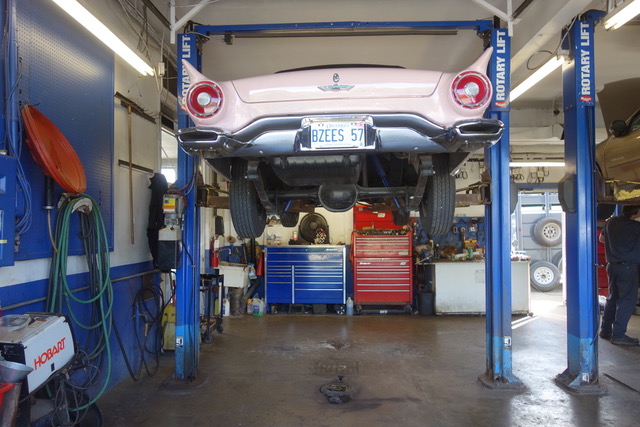
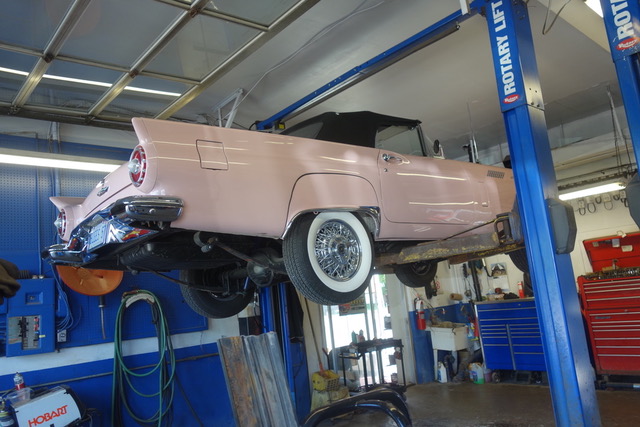


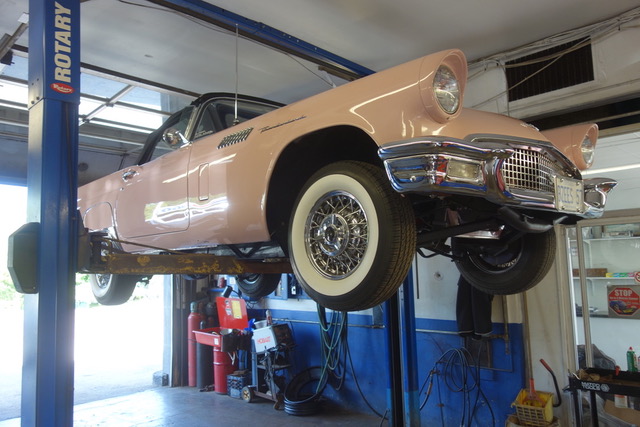
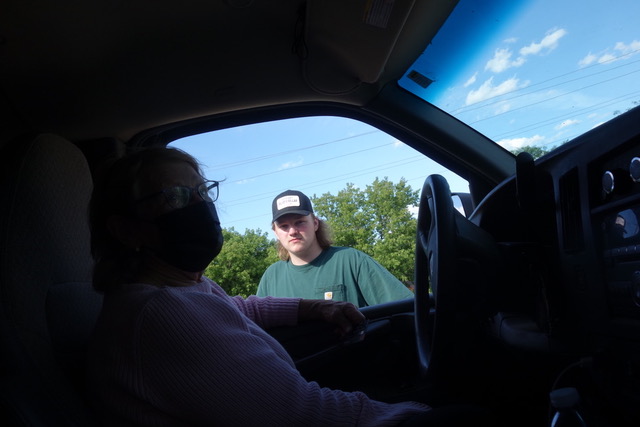



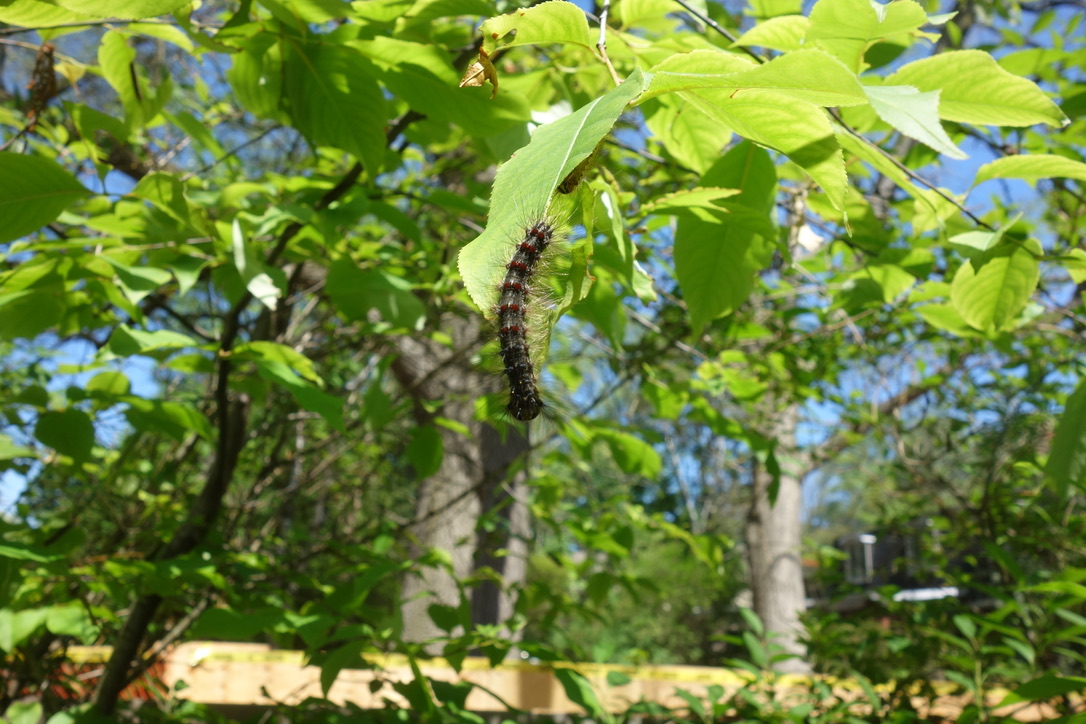
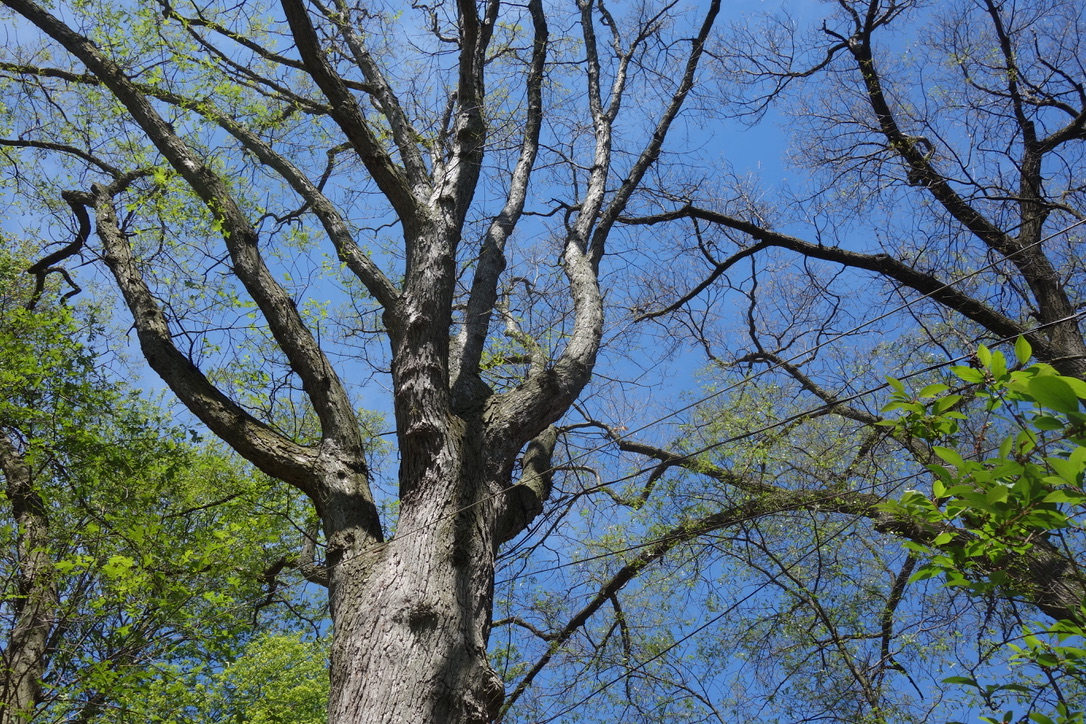




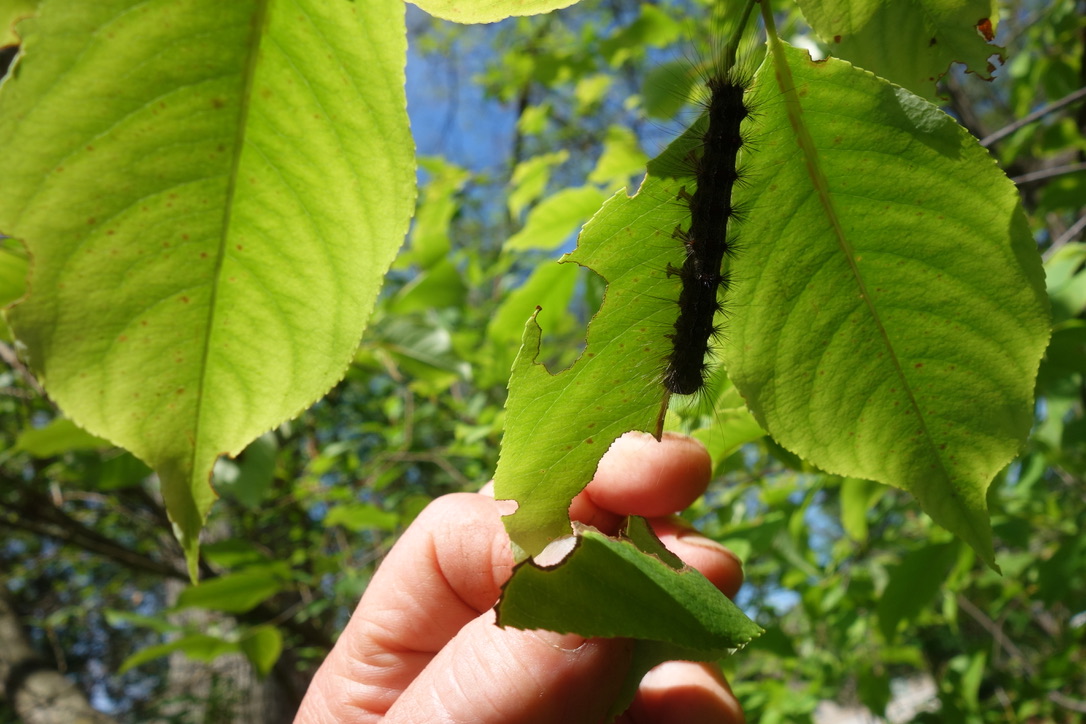
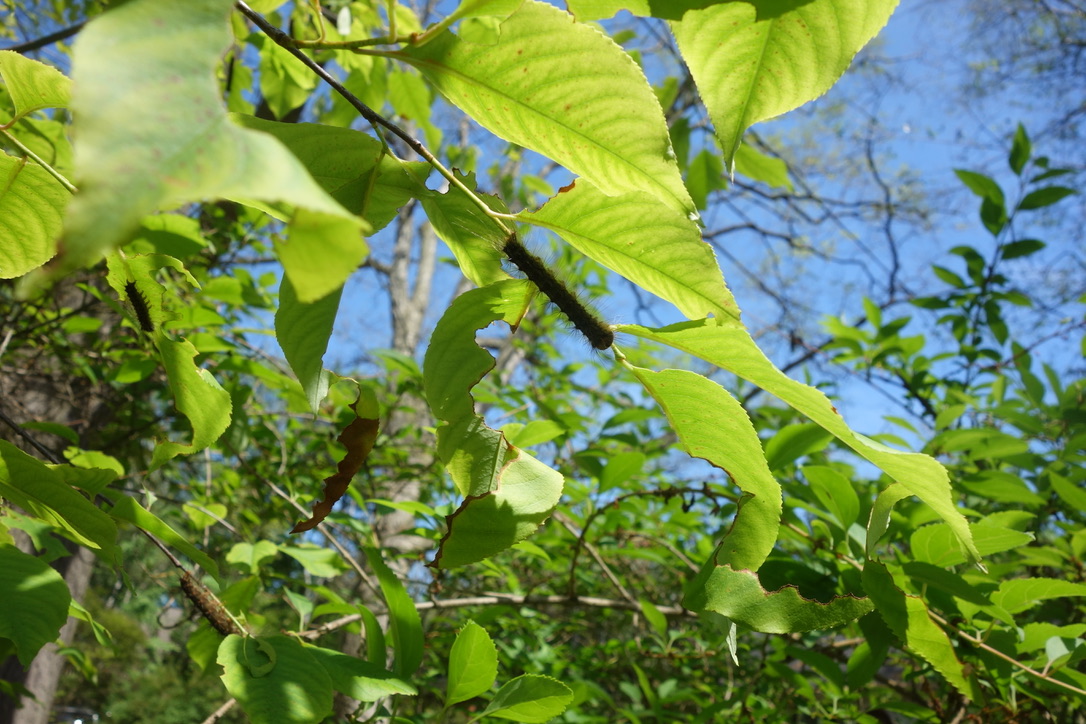
“The crazed panic over LLD (Gypsy) Moth continues!! It is too late to spray, despite many companies still offering this service or selling the spray.
Not every caterpillar, moth and butterfly is an LLD moth (see below for some native lookalikes).
Its gross, but temporary. Leaves will grow back. Focus on keeping your trees healthy with a good soaking of water if there isn’t a good rain, and feed the soil in the dripline of the tree(s)with a thin layer of good compost or other natural fertilizer (not chemical fertilizer, they can screw up the good soil microbes).
When you see the fuzzy, cream-coloured eggs masses on bark in a few weeks from now, scrape off as many as you can into soapy water to reduce next year’s crop. They are cyclic in population and will peak then crash within the next couple of years.”

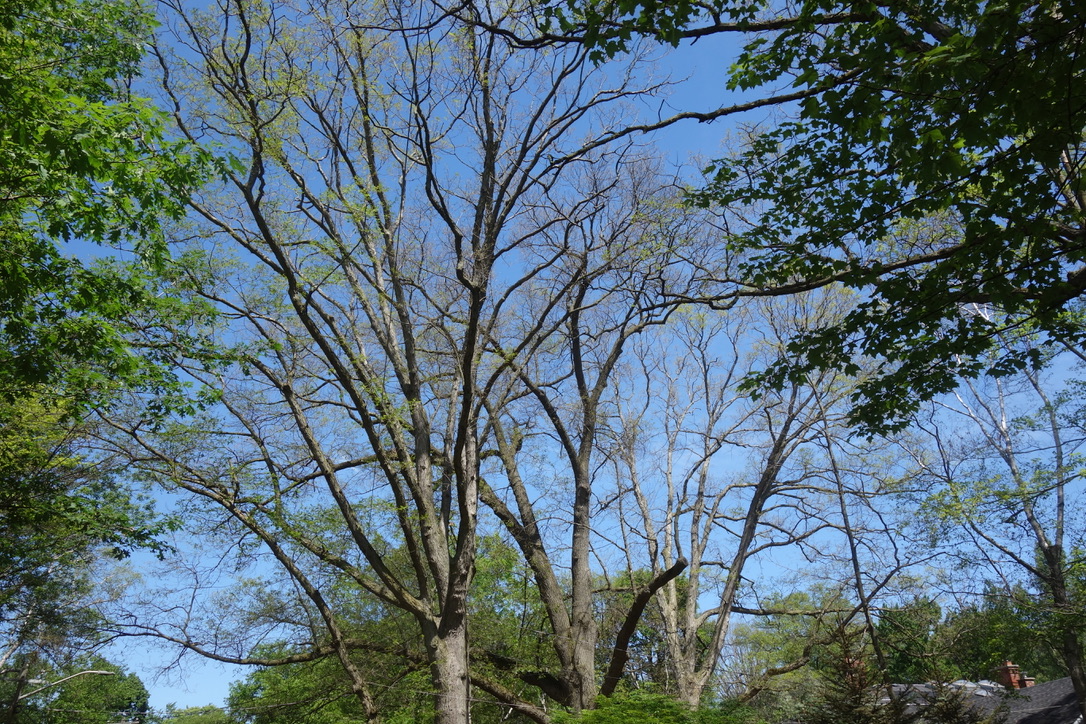


Yes, the Government might spray for Gypsy Moths, and they may even do your property. However, they may not spray enough or use an insecticide that is very effective. This may may not be all bad. If they sprayed something more potent they might kill all the desirable preditor insects such as ladybugs, praying mantis and lacewings, as-well-as other beneficial insects such as bees and butterflies, and even birds and toads.
Besides, the Government has been spraying Gypsy Moths for over a hundred years, and the moths are still with us and spreading. See our “Fighting The Gypsy Moths” section.
If you want to your property to be protected you might have to join the fight.
1. Duct tape and tanglefoot
2. Burlap folded strips
3. Burlap strips sprayed with insecticide
4. Gypsy moth traps
5. Search for and destroy egg masses
6. Aid the spread of virus fatal to gypsy moths
7. Encourage birds to visit your property
8. Hire a professional exterminator to spray from the ground
This section provides information about how gypsy moths came to the United States.

E. Leopold Trouvelot
The gypsy moth was brought to North America from France by Mr. E. Leopold Trouvelot. His purpose was to breed hybrid silkworms that would be hardier than the Chinese species and that could be used to establish a silk industry in the United States. By 1865 he had a million caterpillars feeding under protective netting at his home in Medford Massachussets. In 1869 some of them escaped and were apparently scattered by a windstorm.
By 1881 the gypsy moth caterpillars had become so common in the neighborhood of Trouvelot’s old home, that the villagers in Medford considered them a local nuisance.
The population of gypsy moth caterpillar exploded during the spring of 1889. The year before had been a good one for insects, and gypsy moths had flourished and laid record numbers of eggs. Hatching in April and May of 1889, millions of gypsy moth caterpillars stripped leaves from trees yard after yard and street after street in Medford. Caterpillars covered tree trunks, fences, and sides of houses.
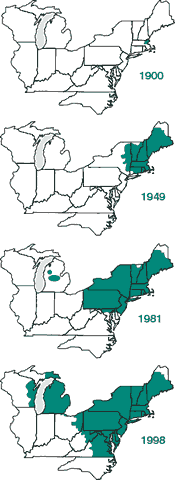
Gypsy moth spread map
University of Wisconsin
From this unfortunate start in Medford Massachussets, gypsy moths have now spread to many other portions of the United States
From 1892 to 1900 gypsy moths were confined to the extreme eastern portion of the State of Massachusetts.
By 1914 they had spread to New Hampshire, Maine, Rhode Island, and Connecticut.
By 1941 they were in Northeastern Pennsylvania and in extreme eastern New York State.
By 1981 they were all over Pennsylvania and New Jersey.
They have now spread to many other states, including Michigan and Wisconsin, as shown on the map on the right.
Gypsy Moths are now also in Virginia, West Virginia and Oregon. How did they get to Oregon? It is believed that they hitchhiked on a car or truck.
They continue to spread.
Follow this link to see efforts over the years to rid the country of Gypsy Moths: Gypsy Moth Wars
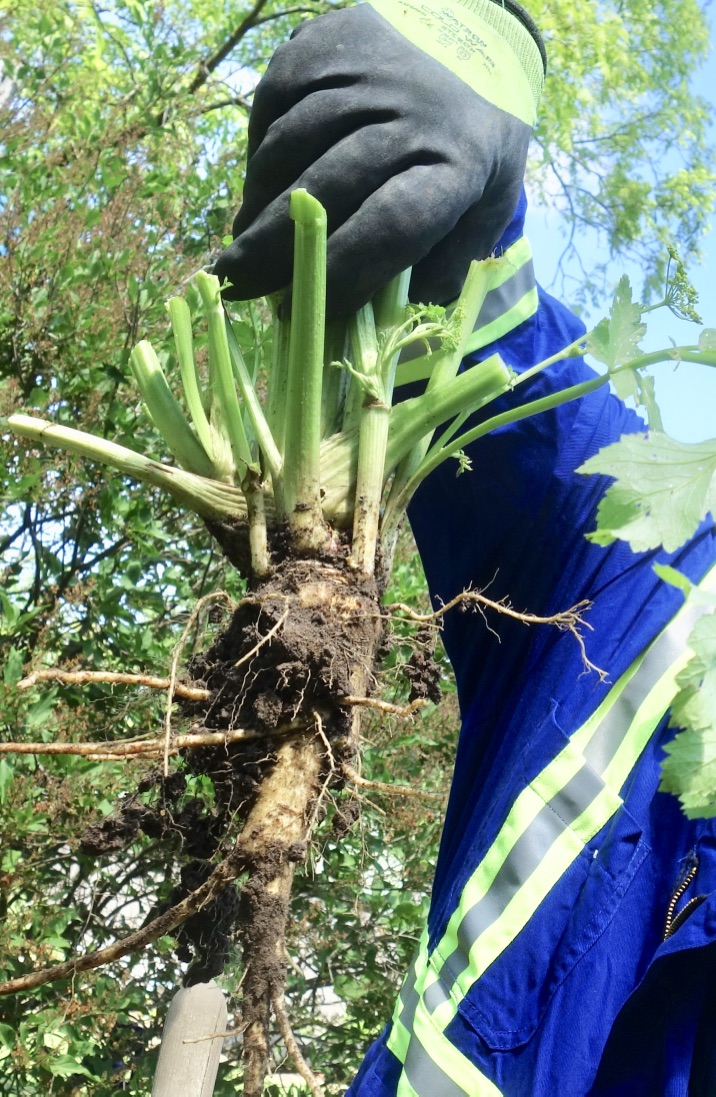
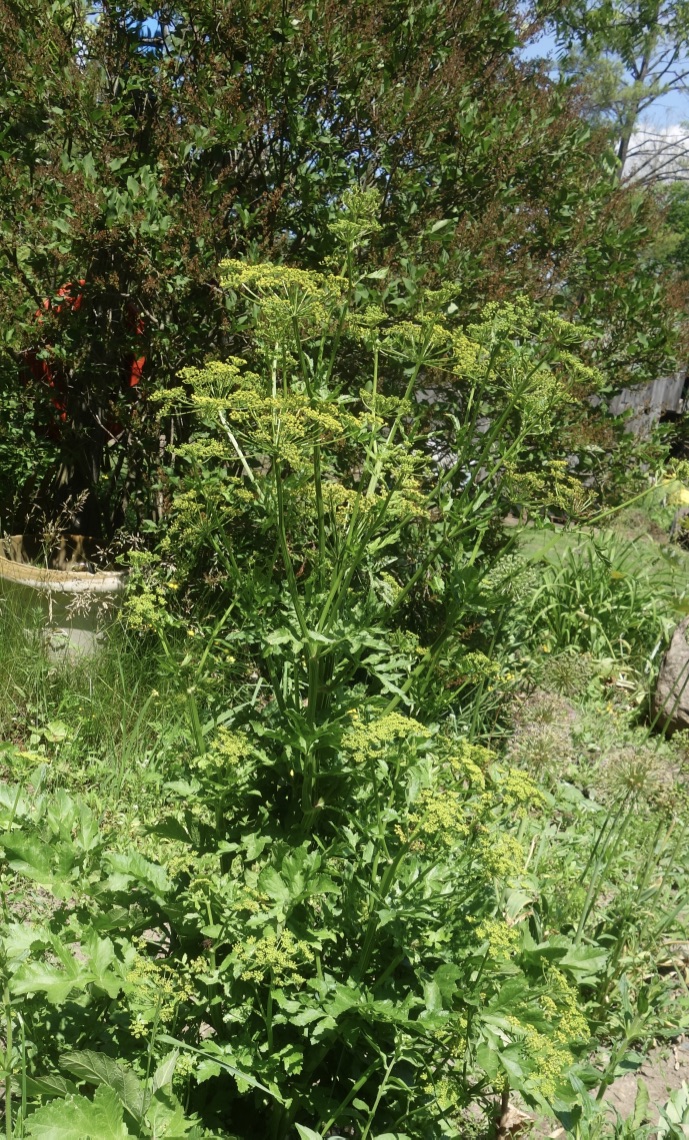





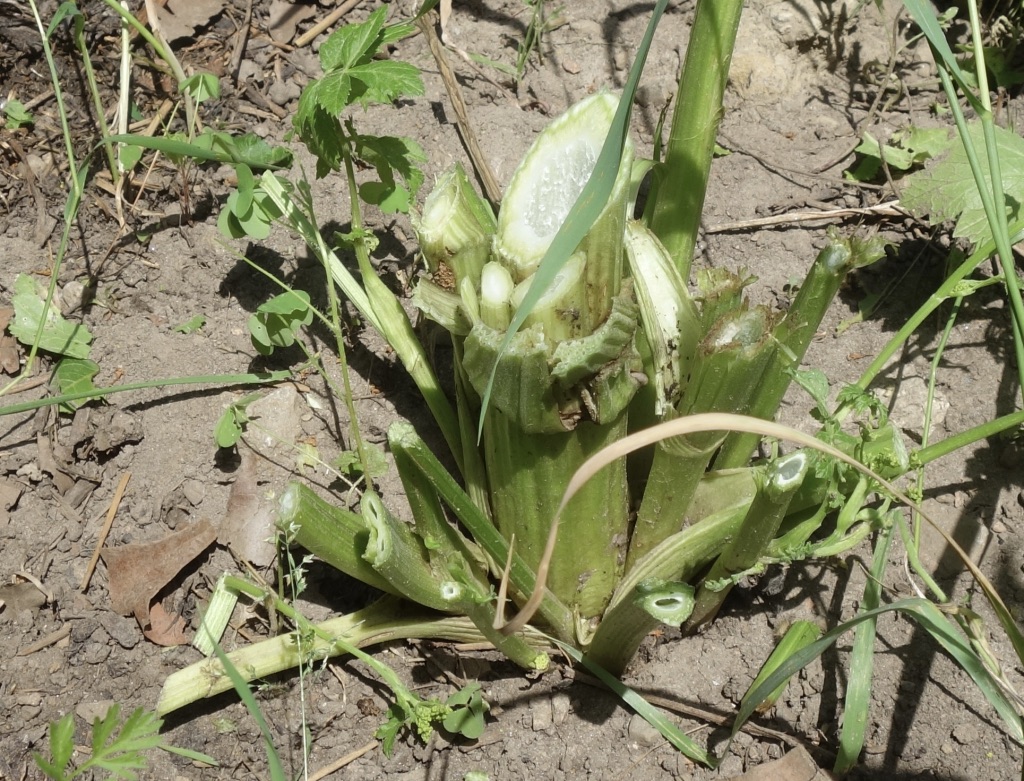
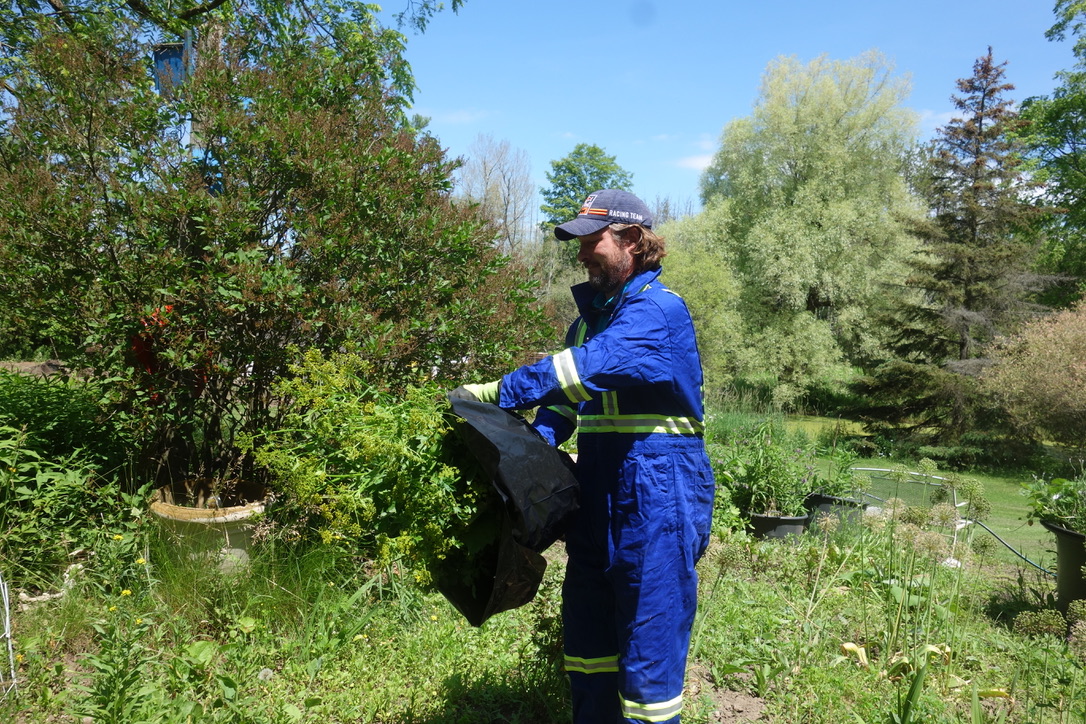
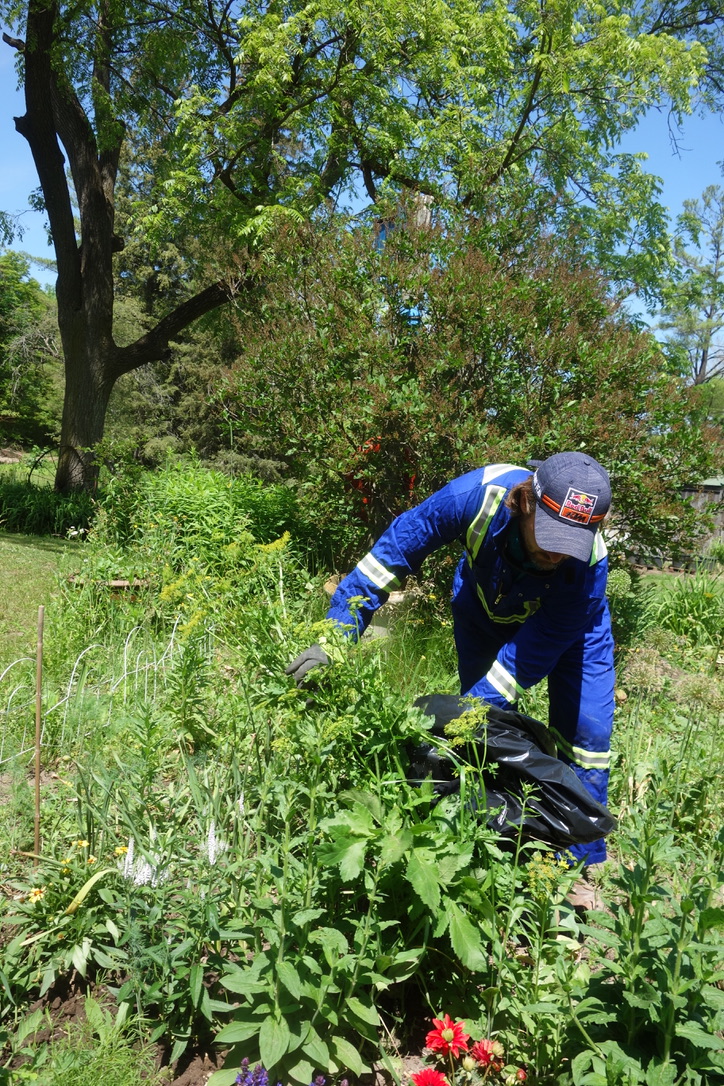
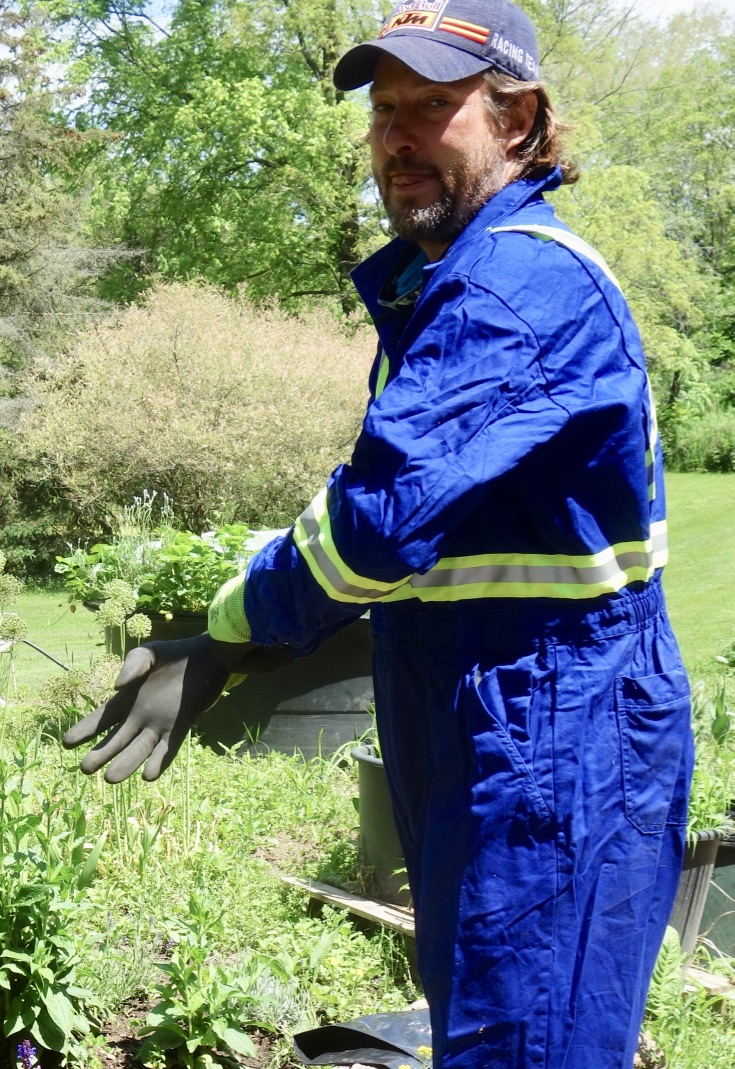
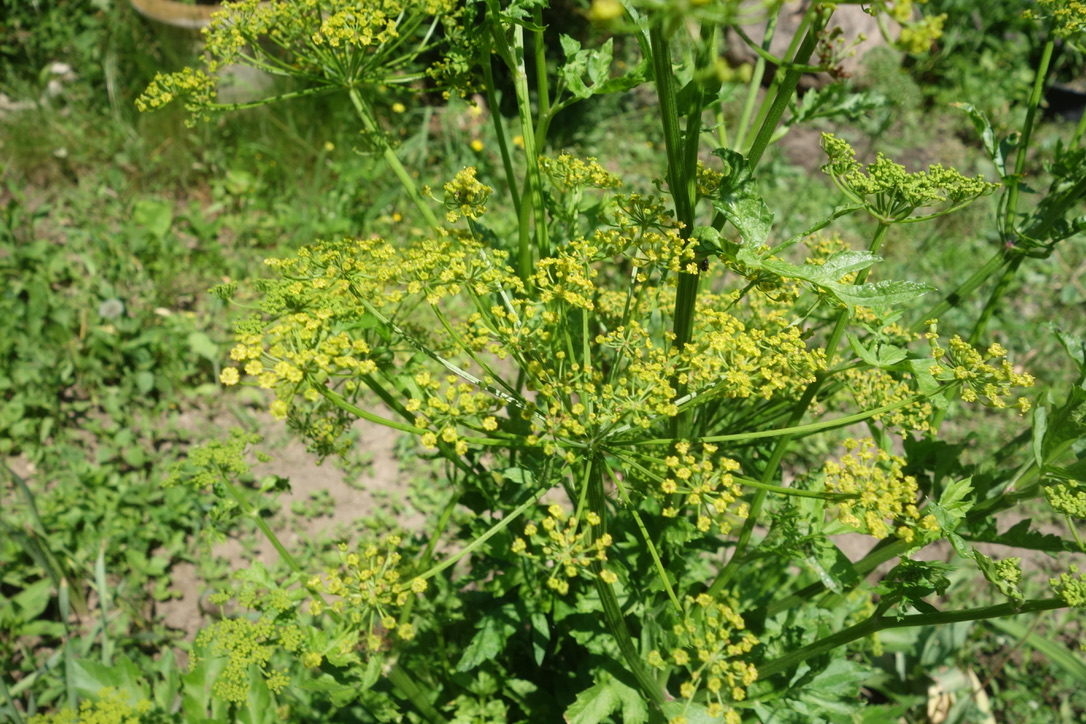

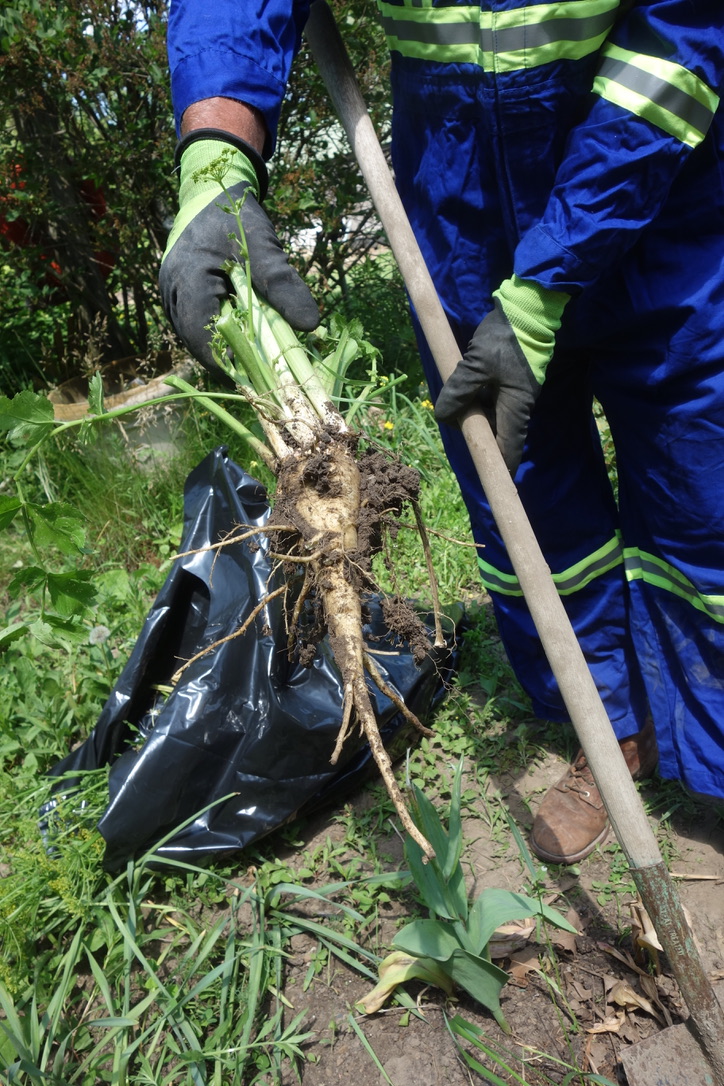

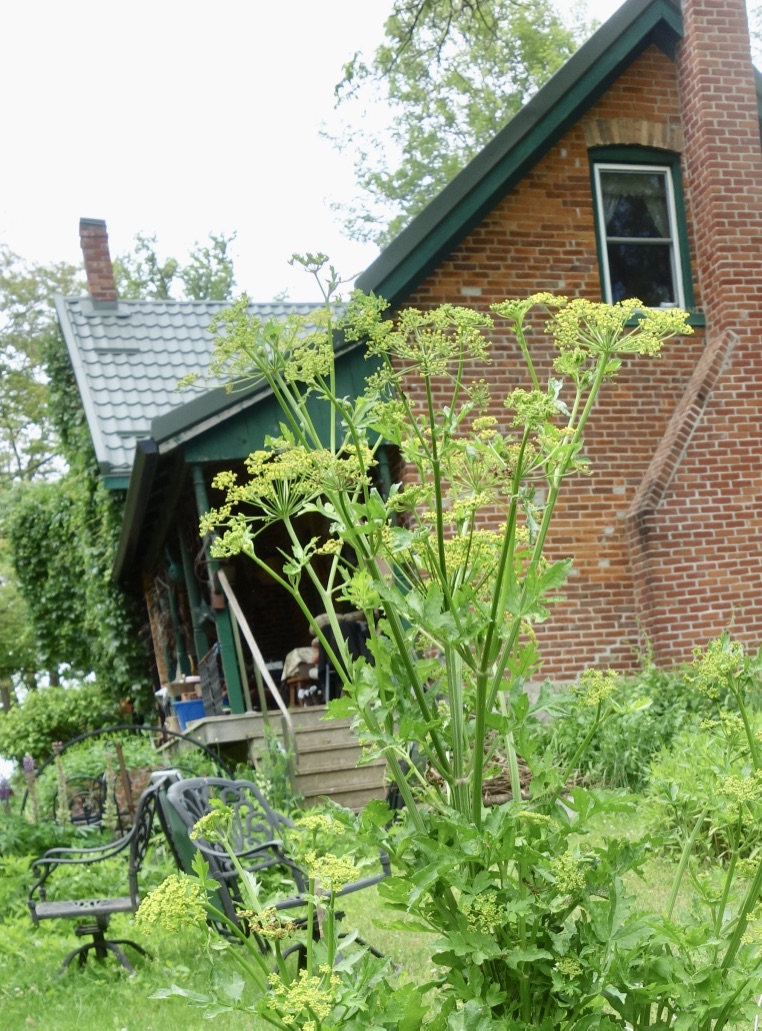

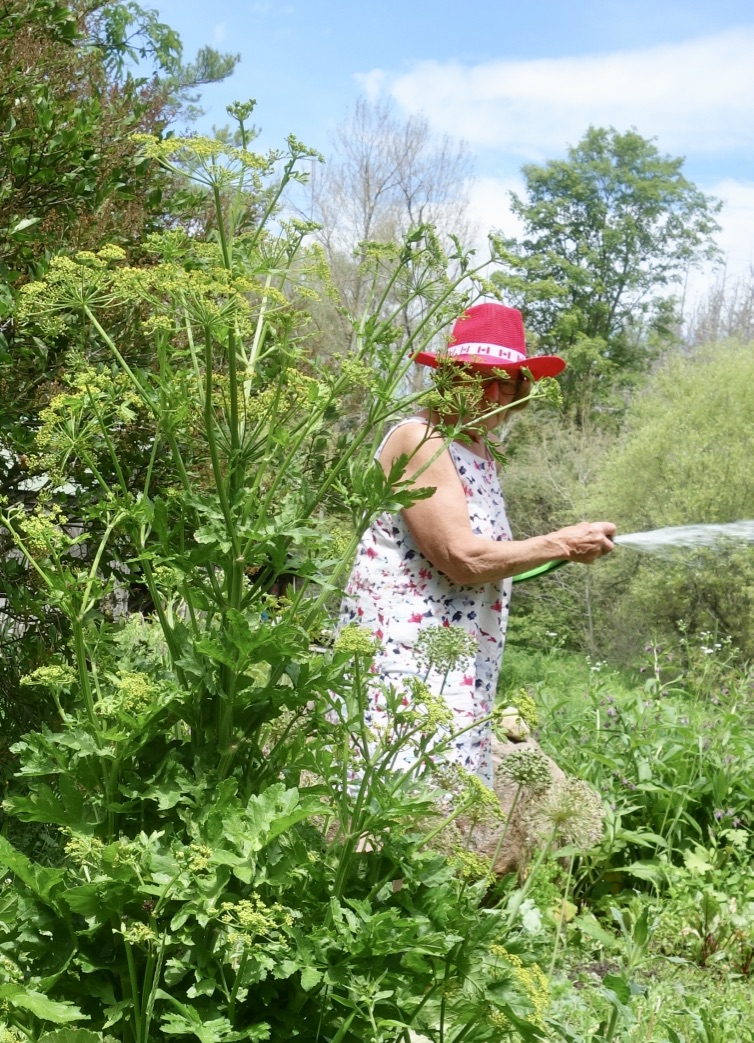
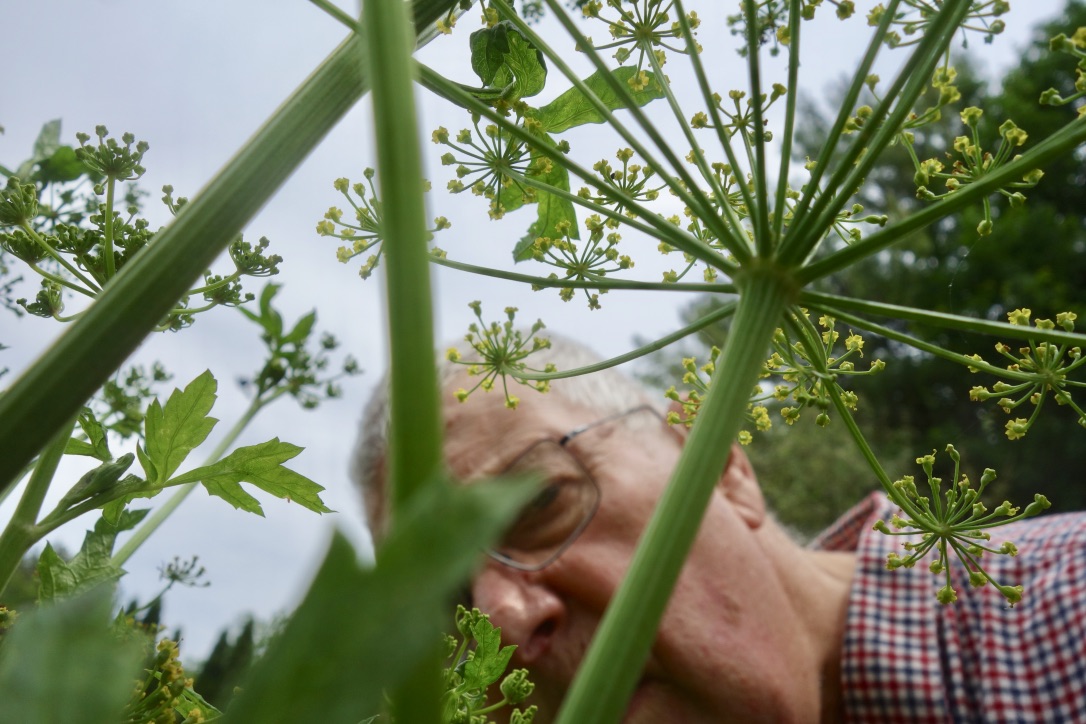



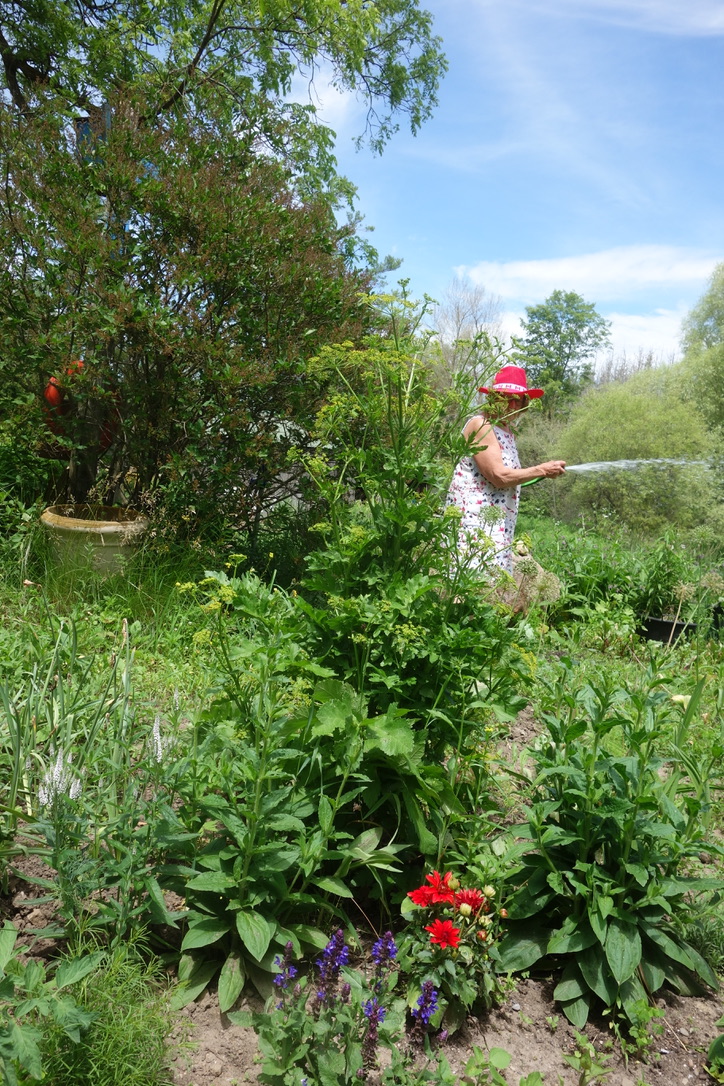

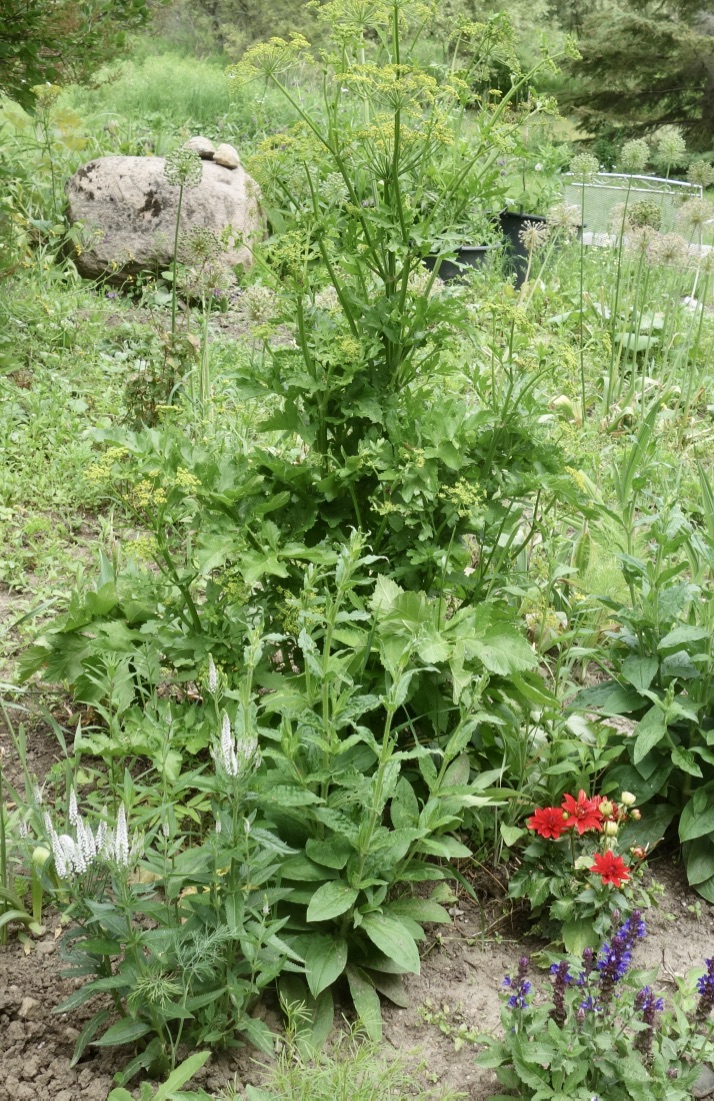
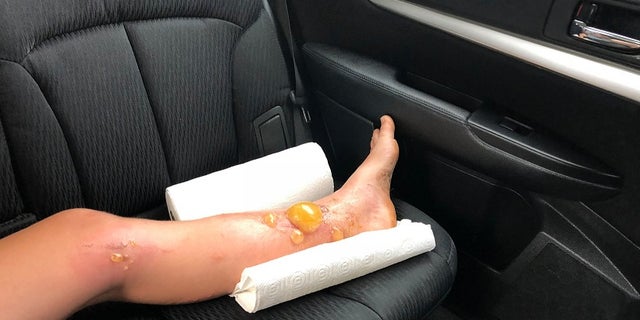
At first, Murphy said she “didn’t think anything of it.” (Charlotte Murphy)
WARNING: ARTICLE CONTAINS GRAPHIC IMAGES
A Vermont woman who received the equivalent of second-degree chemical burns to her legs after falling into a wild parsnip plant is warning others about the dangers of the seemingly harmless herbage.
Around the first of July, Charlotte Murphy, of Essex, Vermont, was traveling to the southern part of the state for her internship with a local artist. When she stopped on the side of the road, she lost her footing and fell into the plant, breaking it, causing the sap from the wild parsnip plant to come in contact with her bare legs.